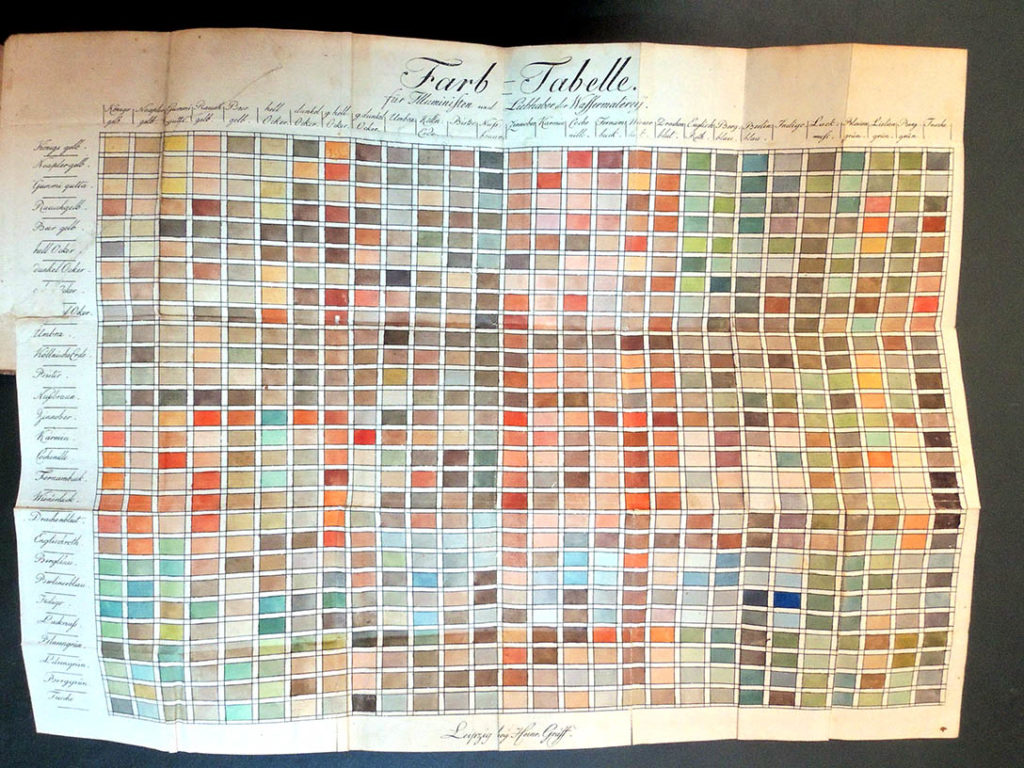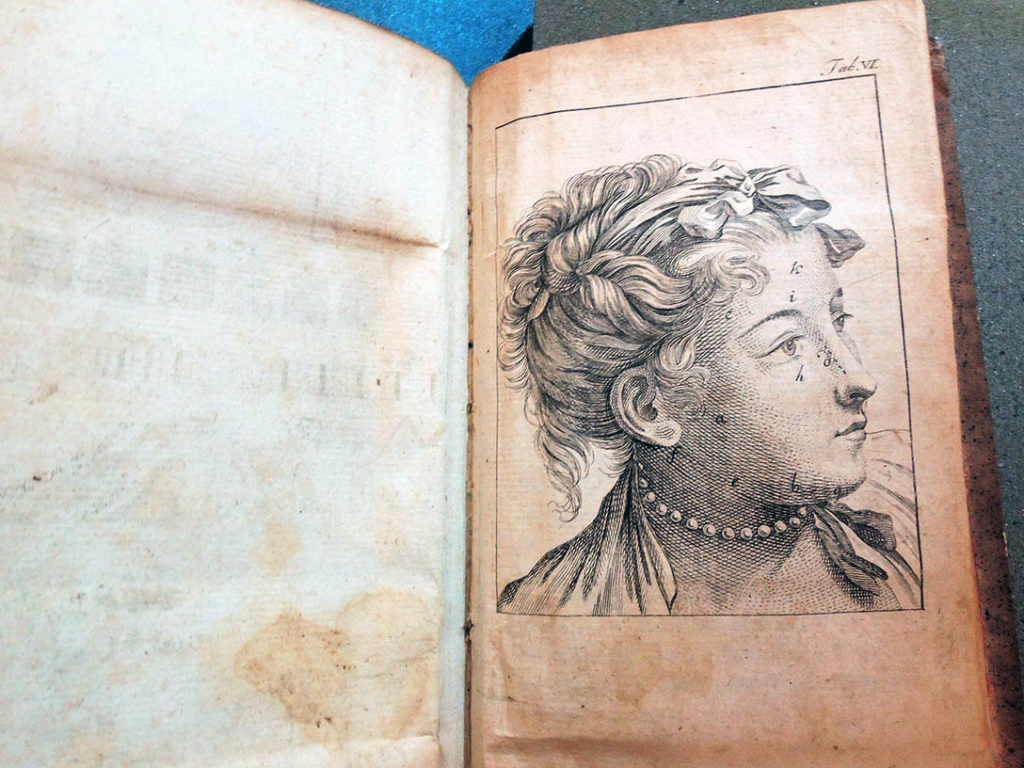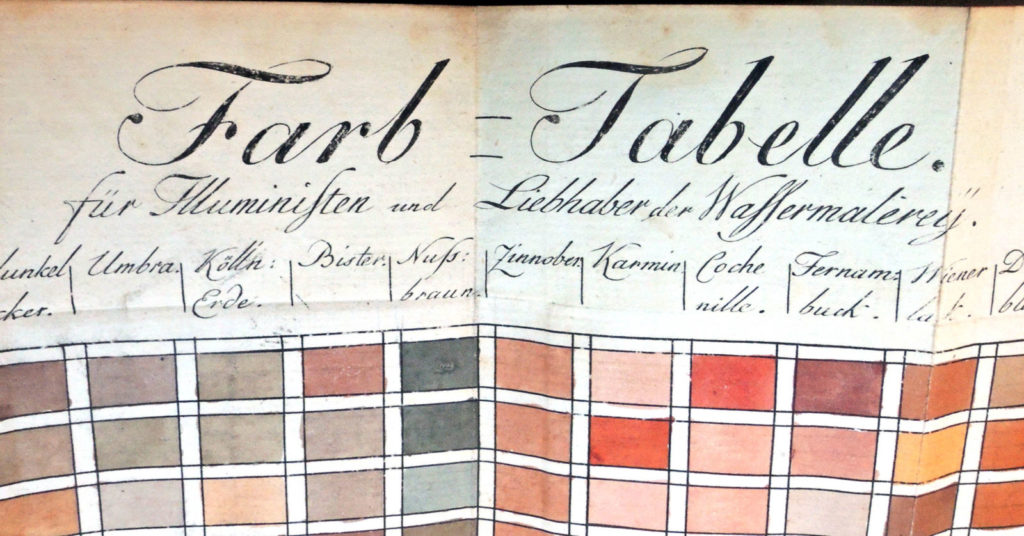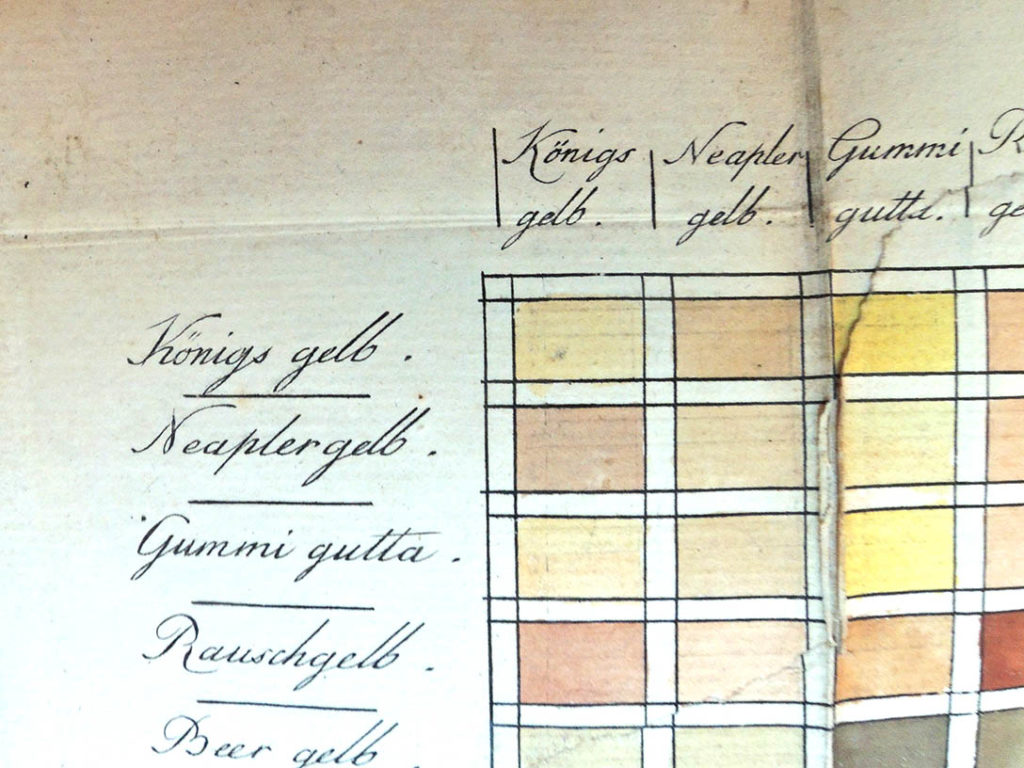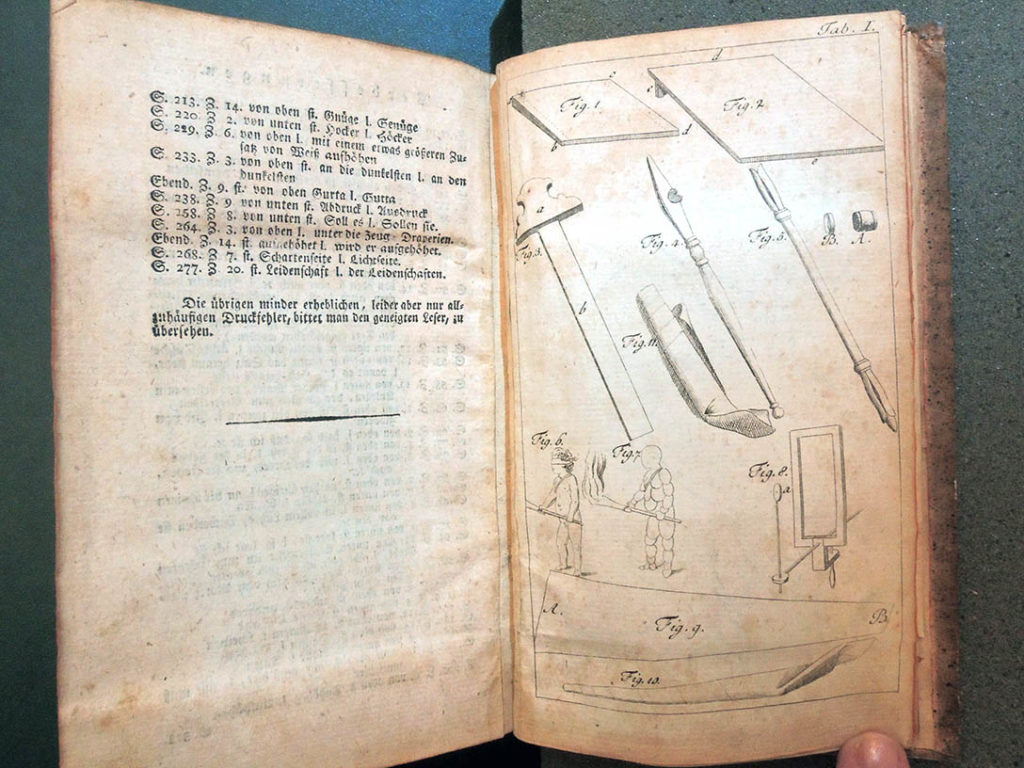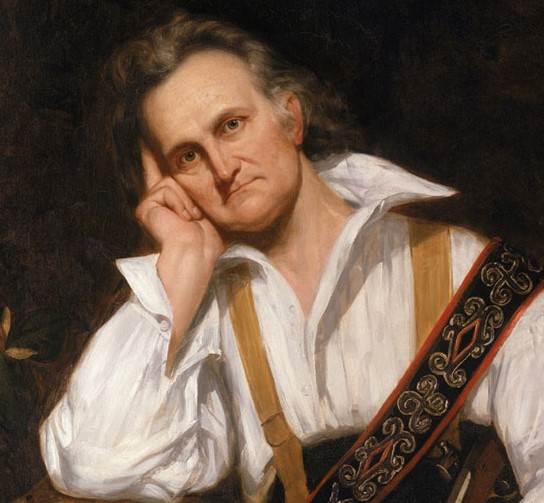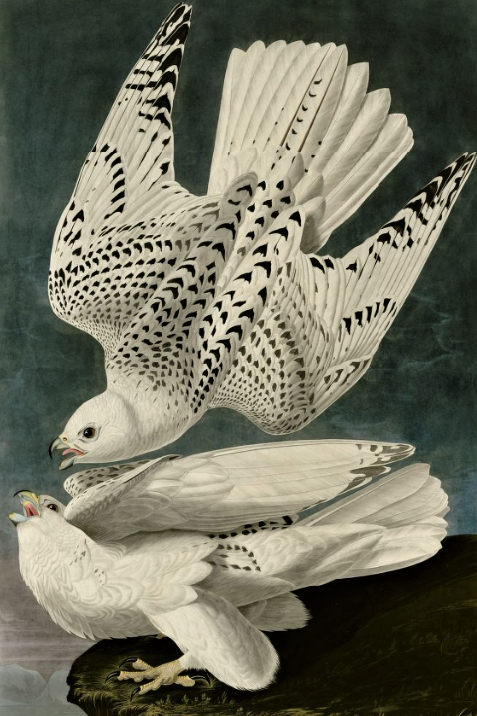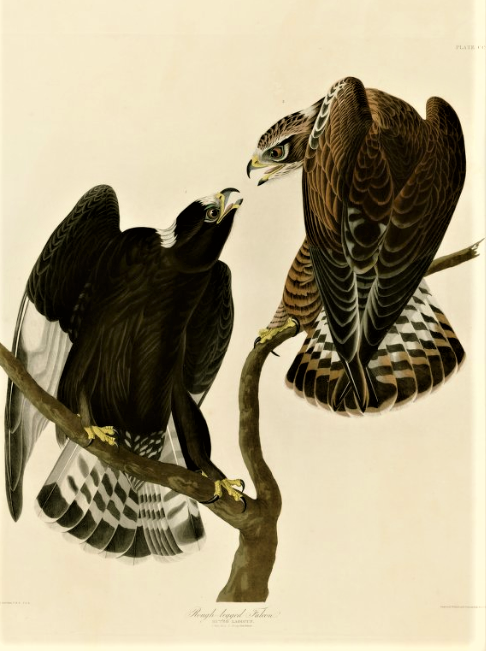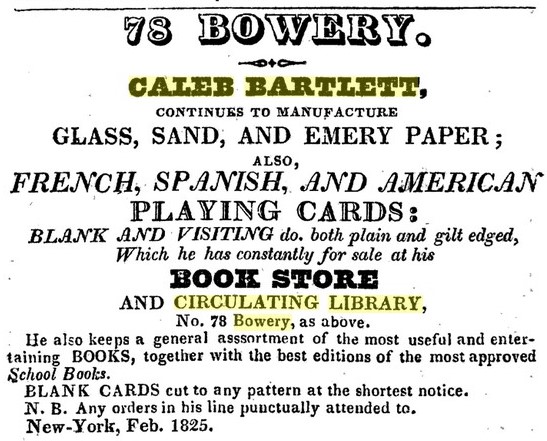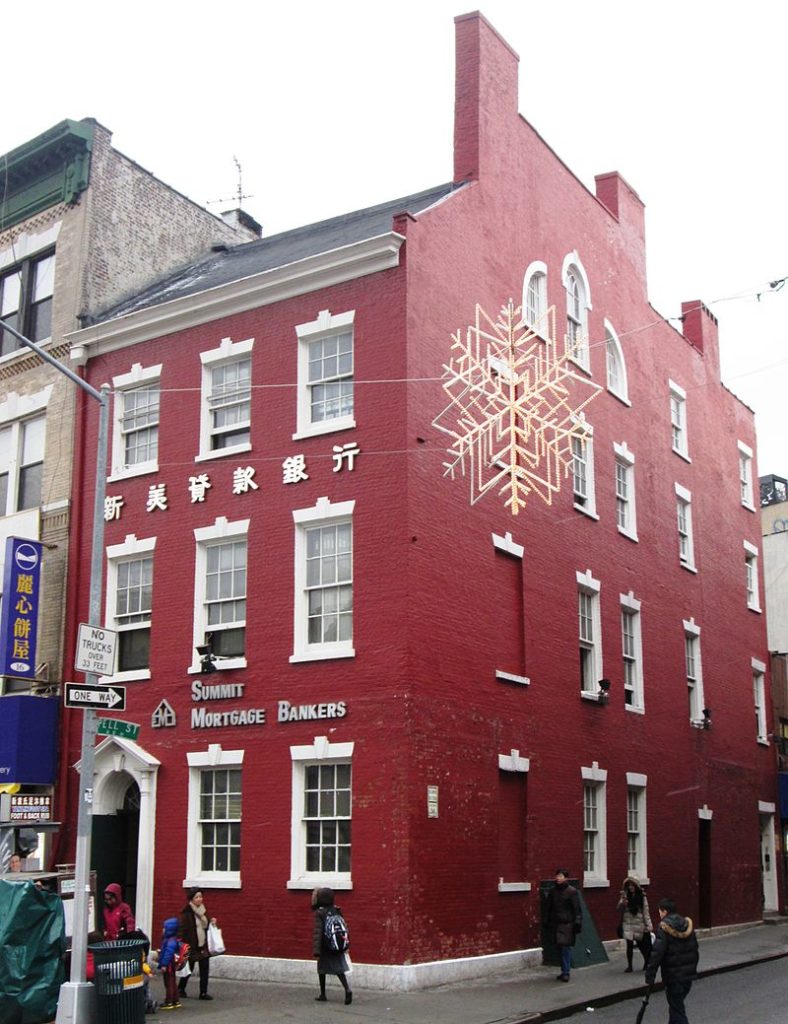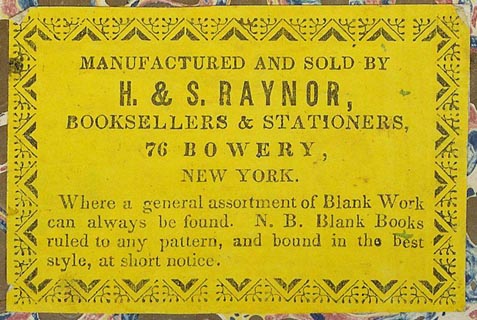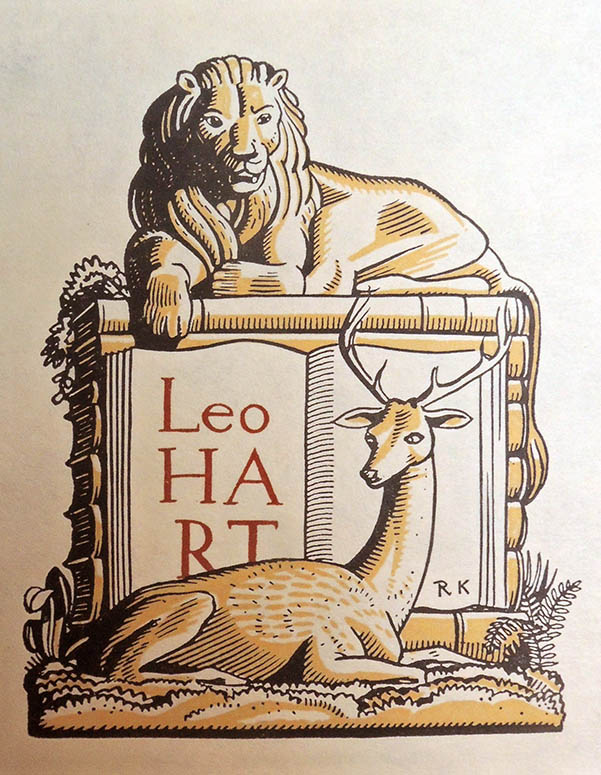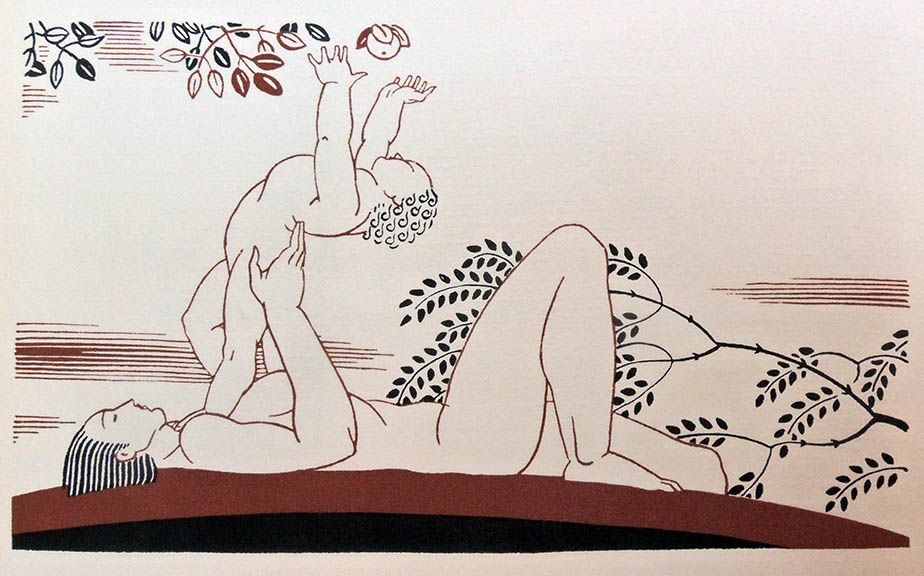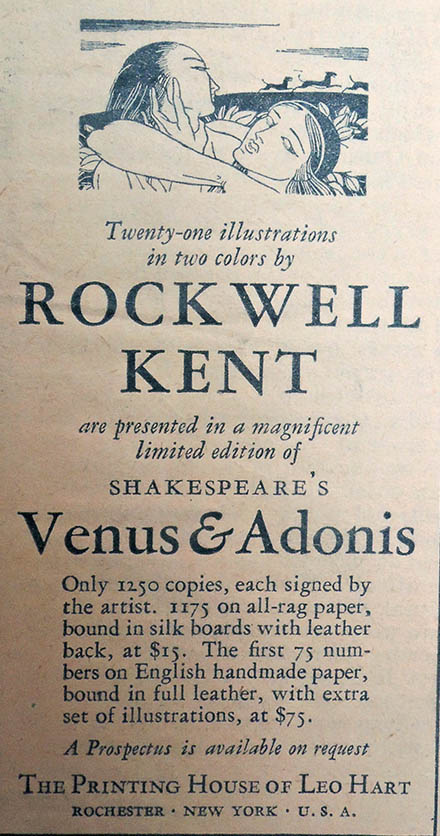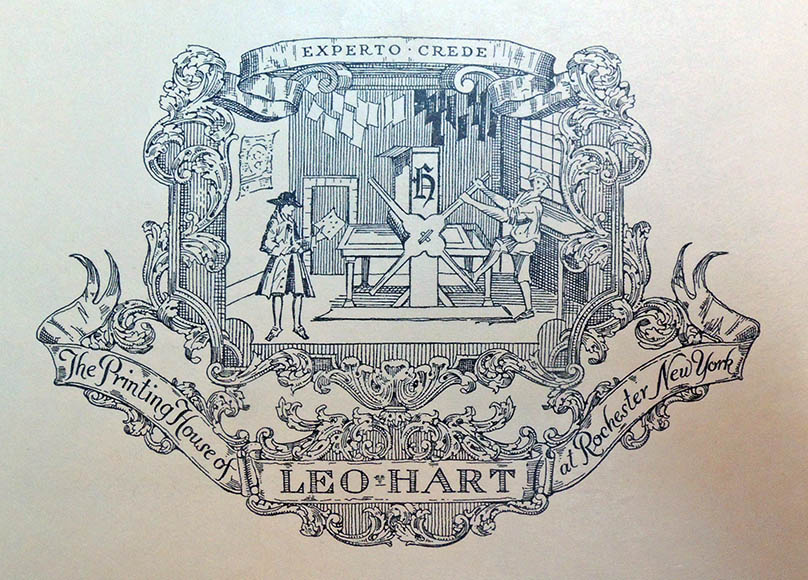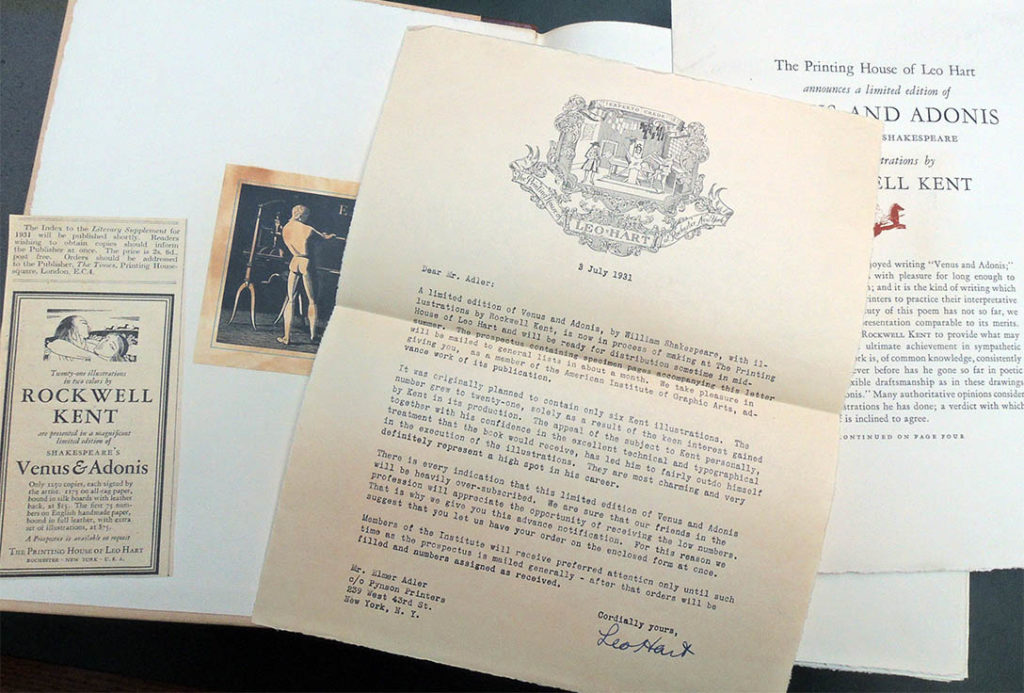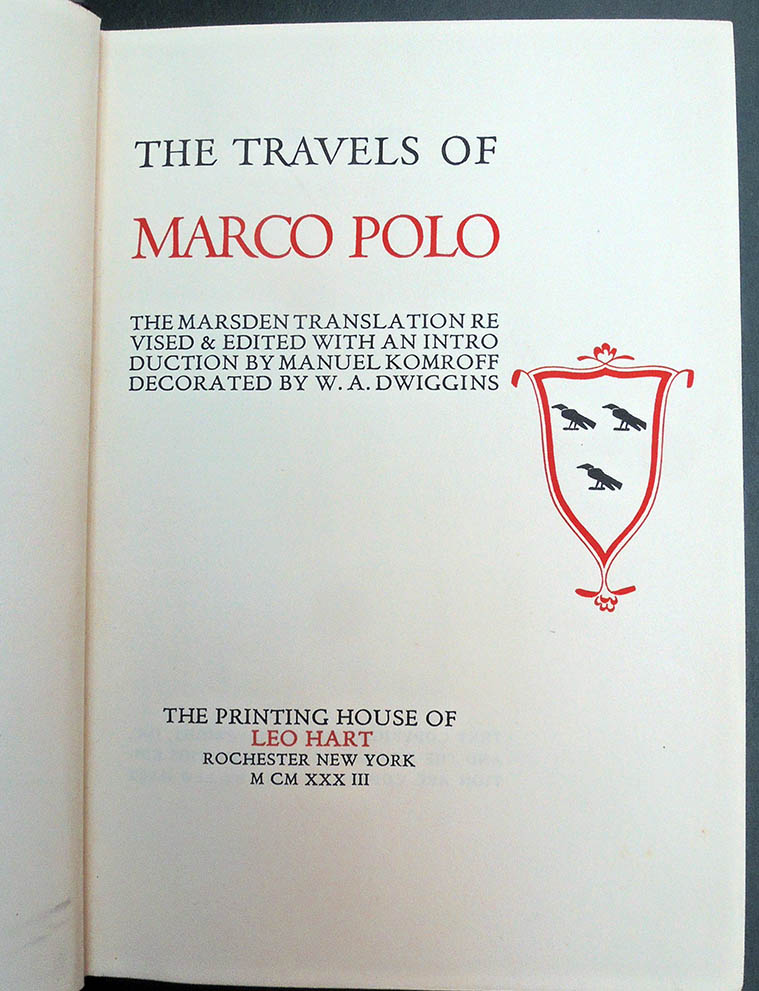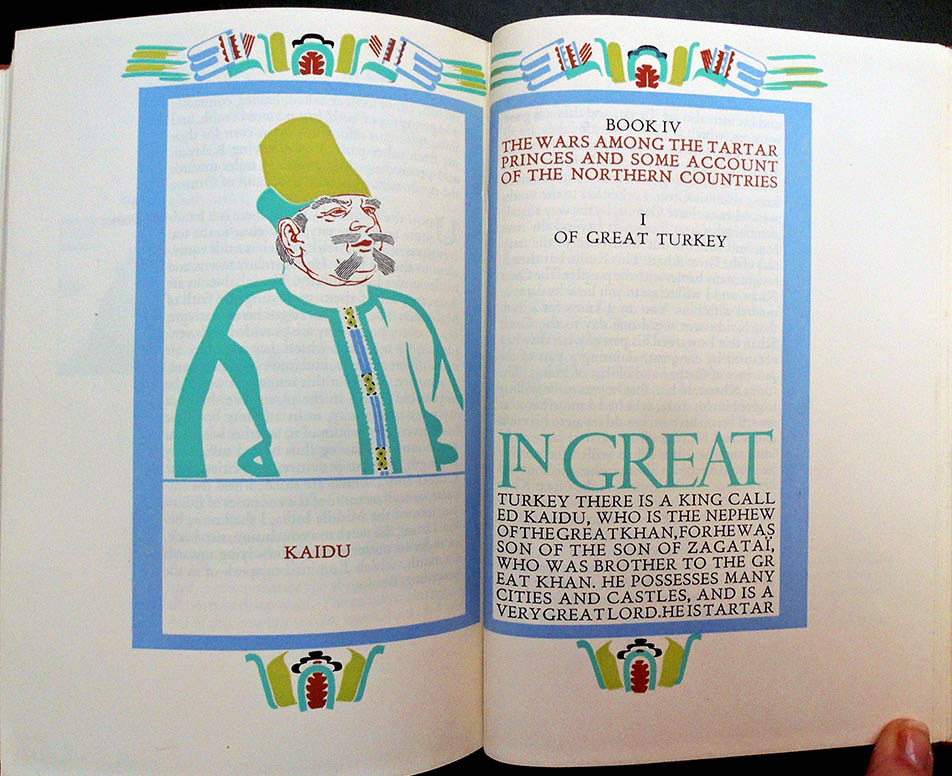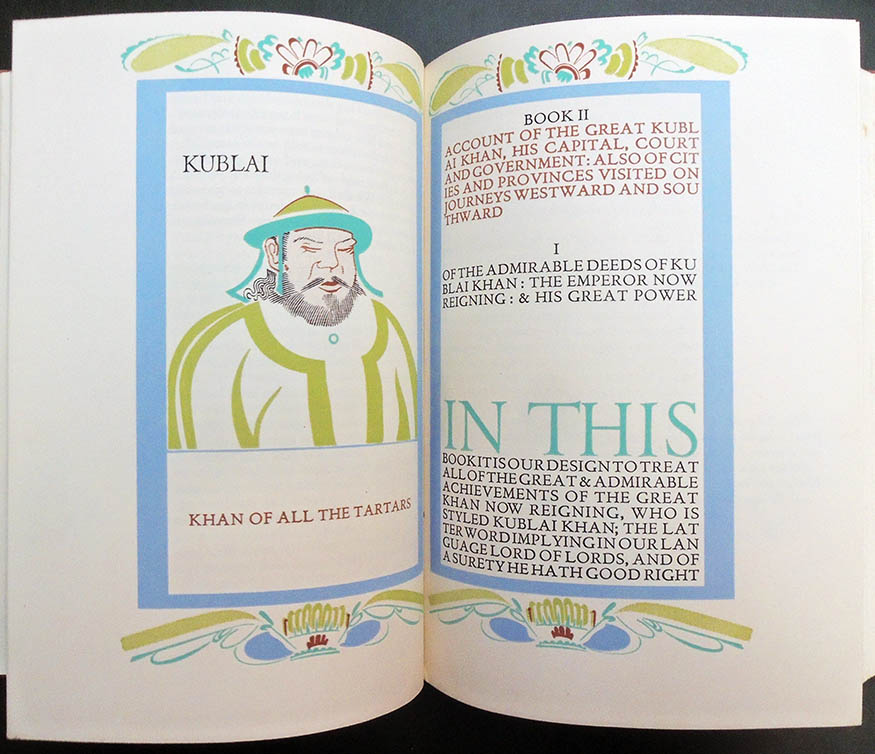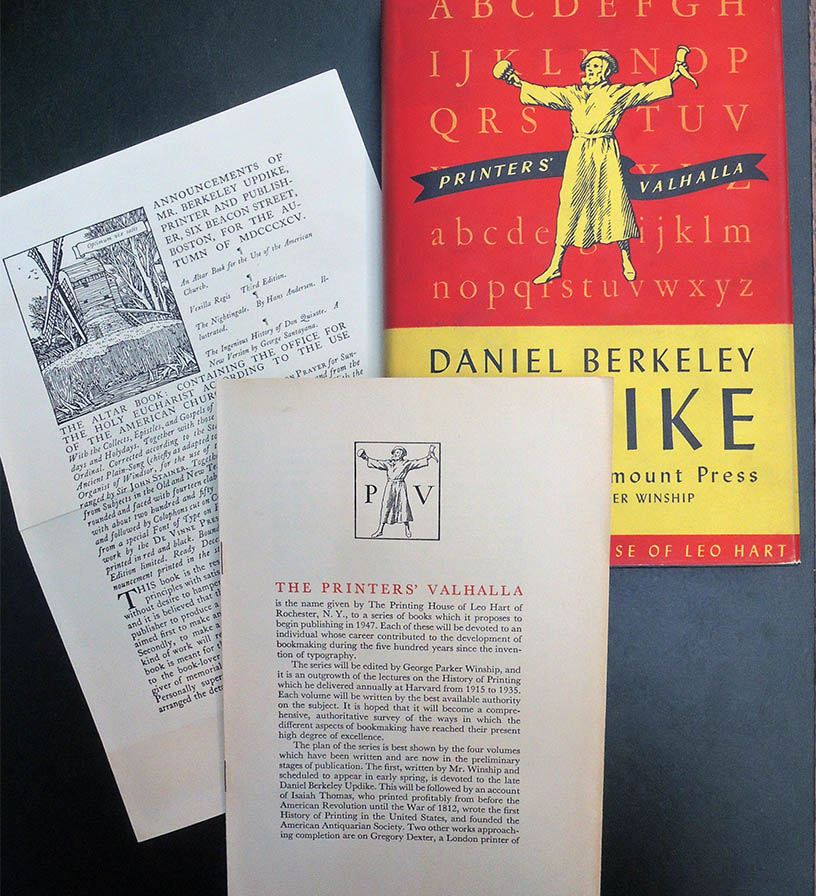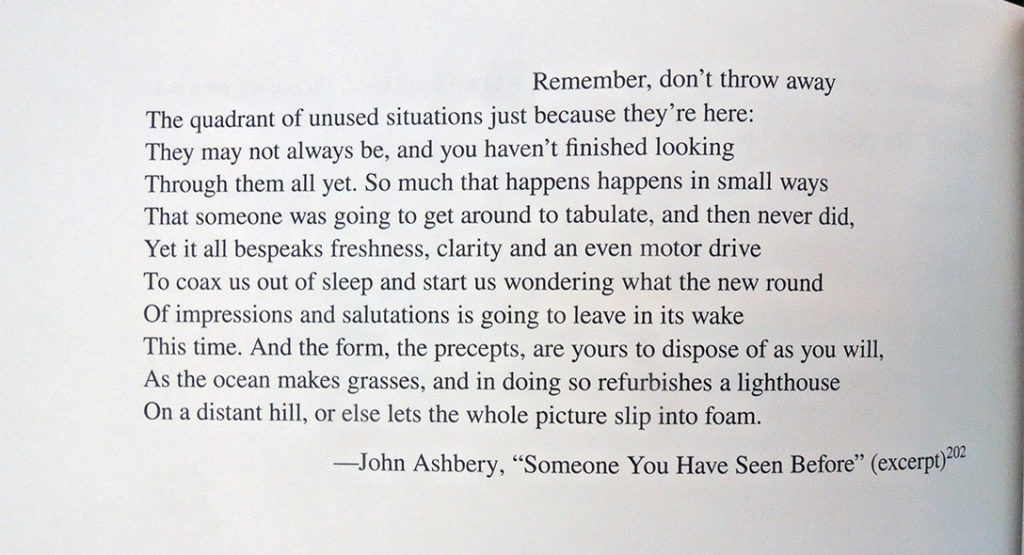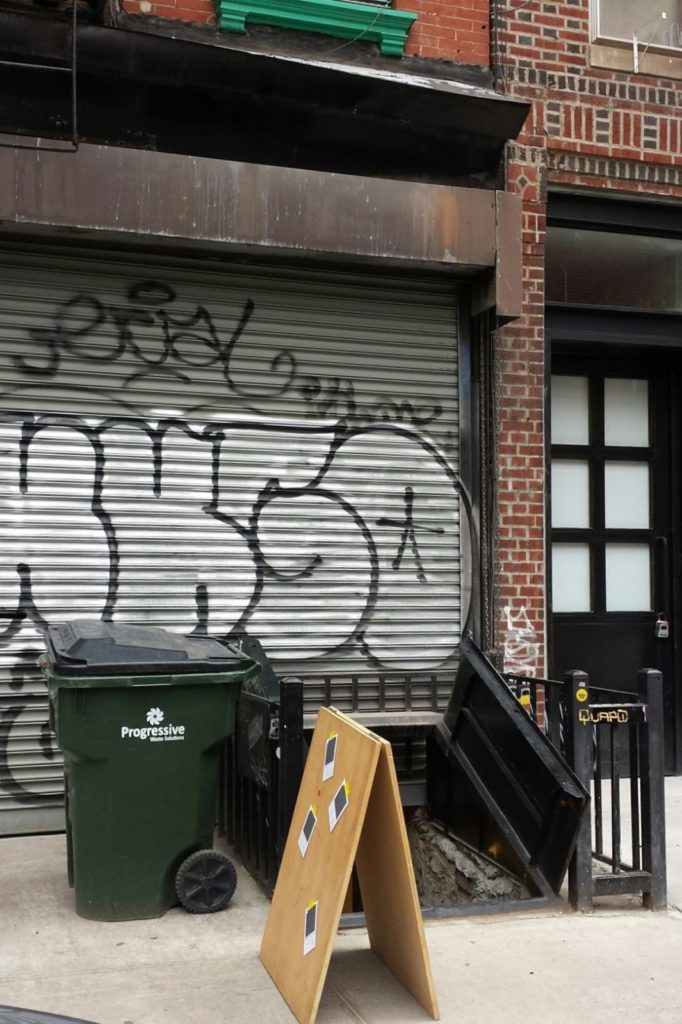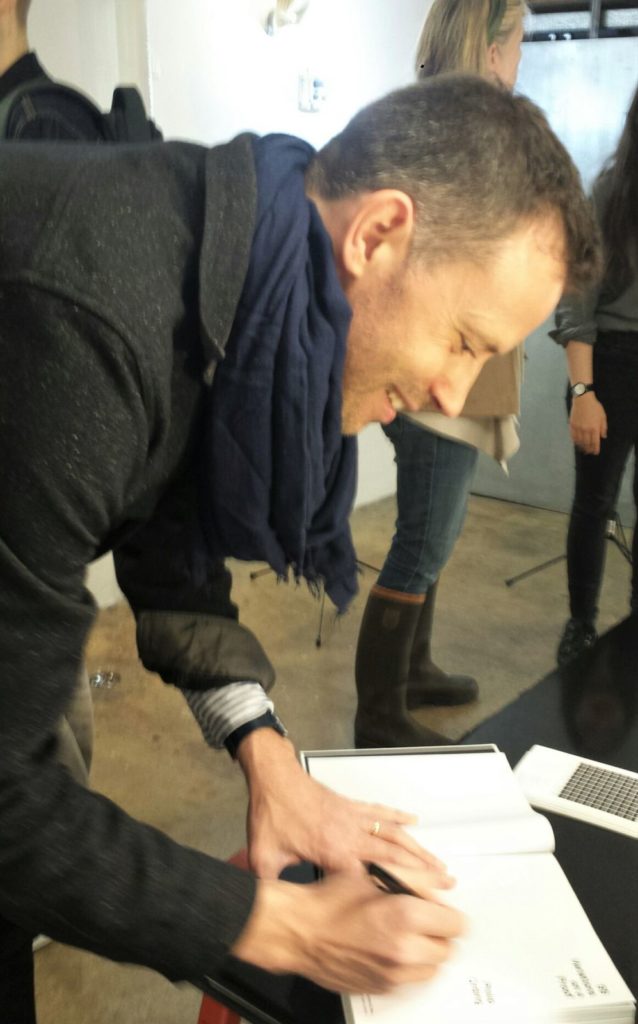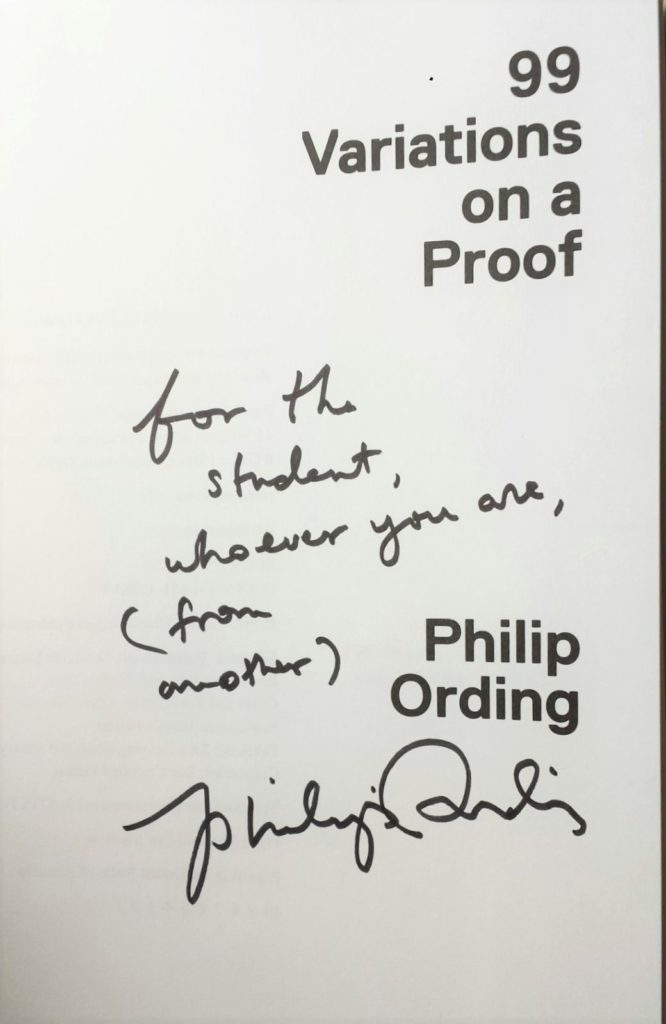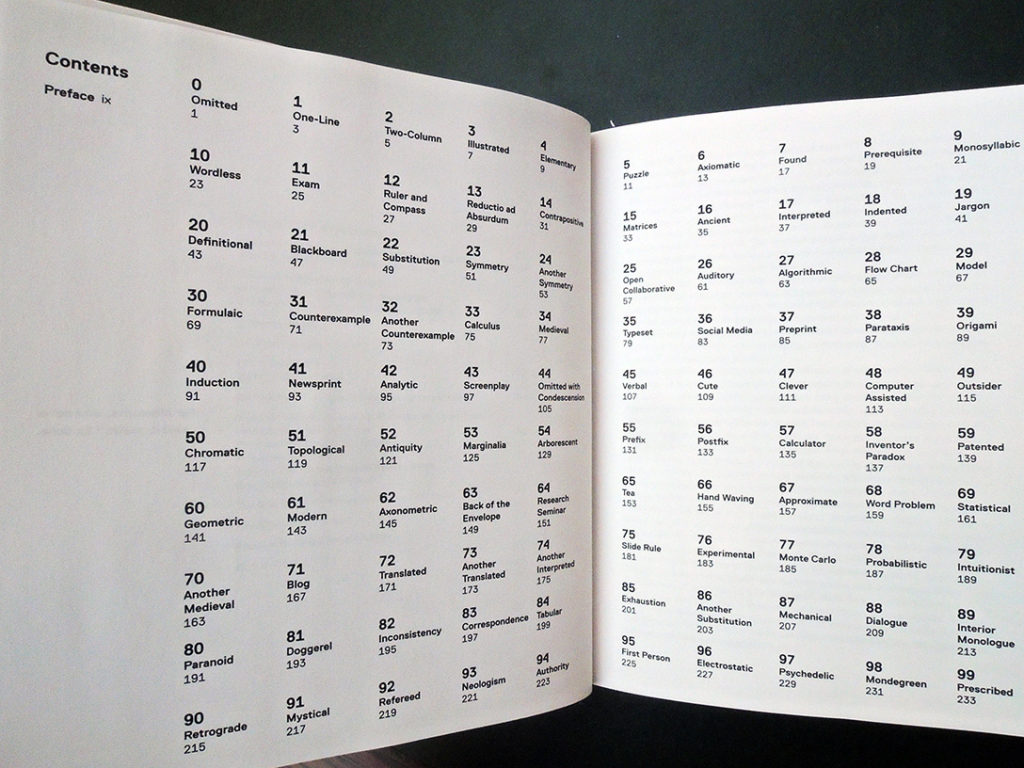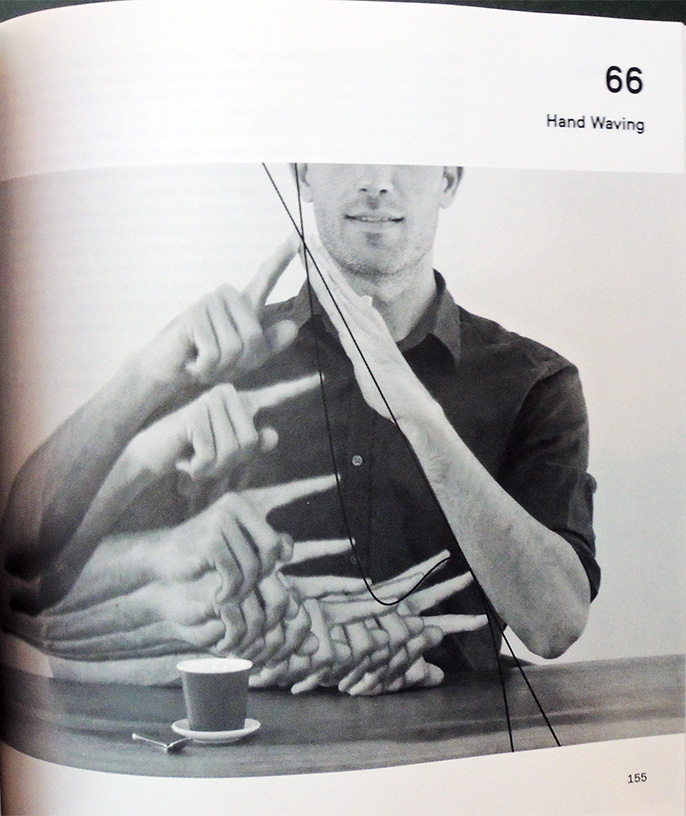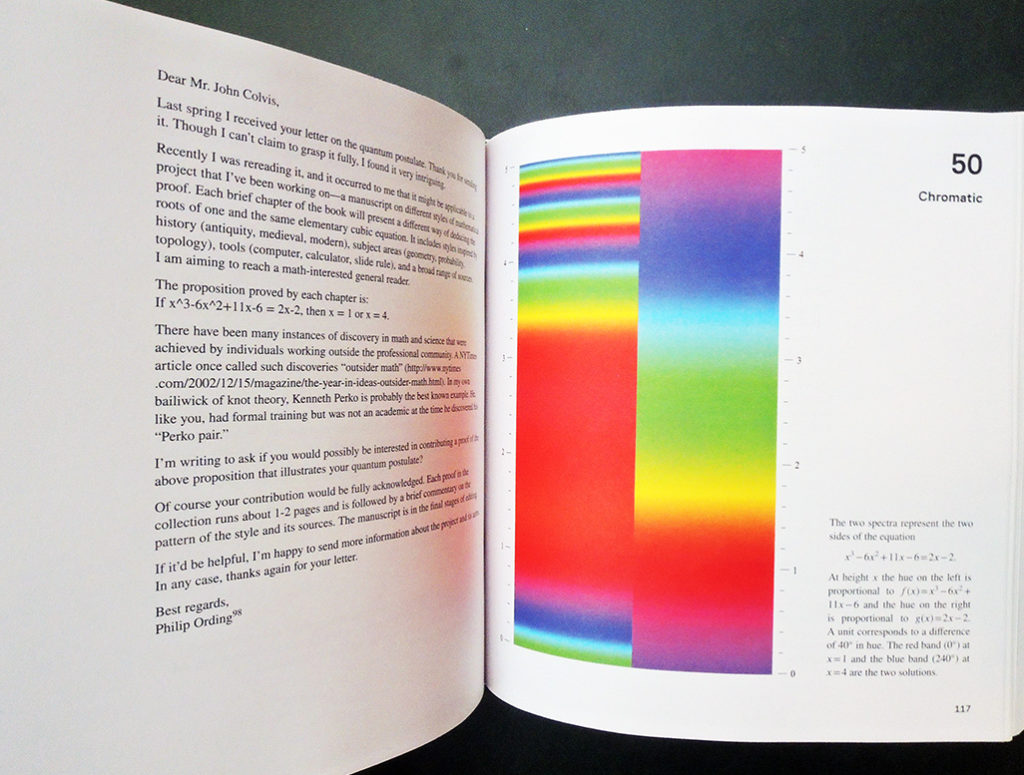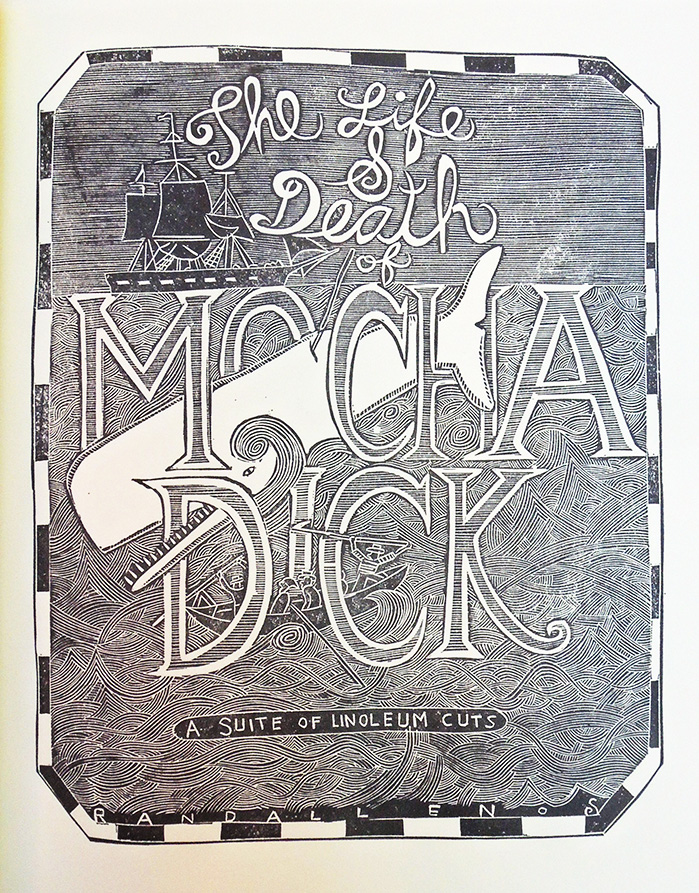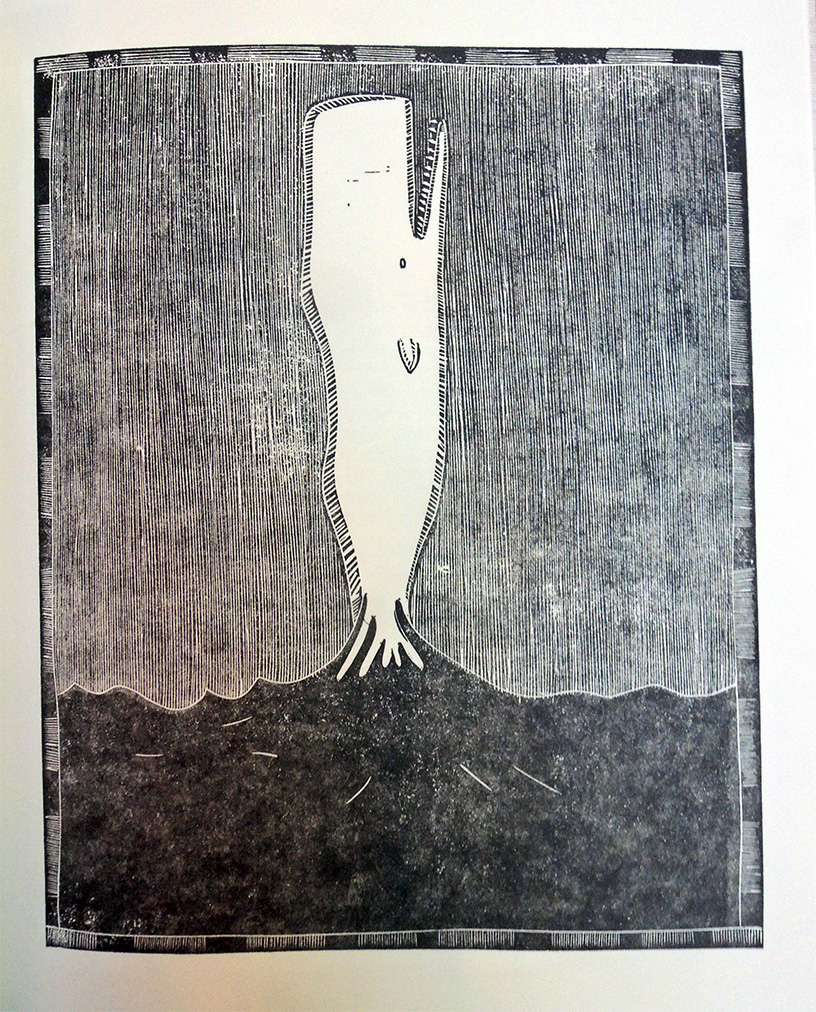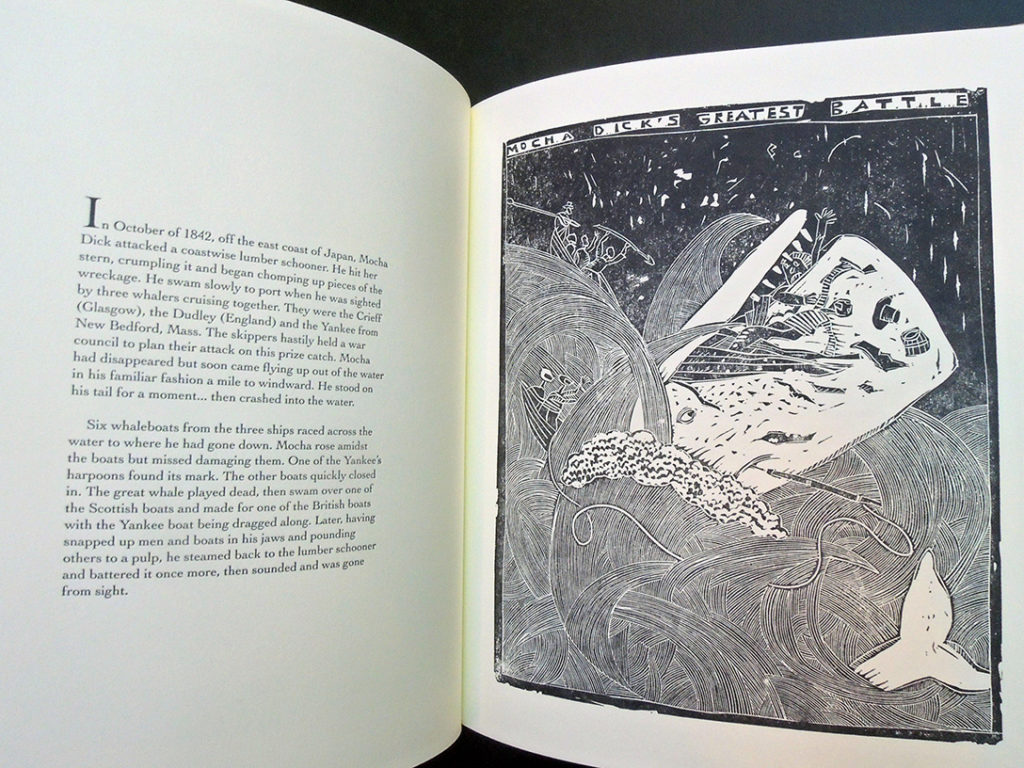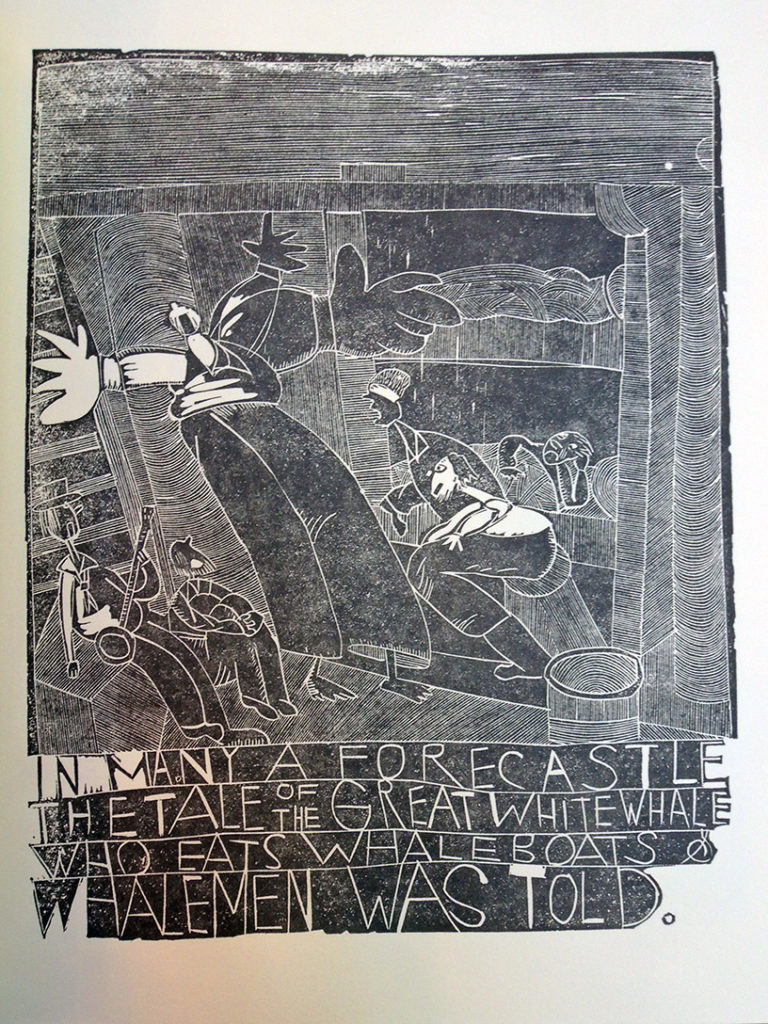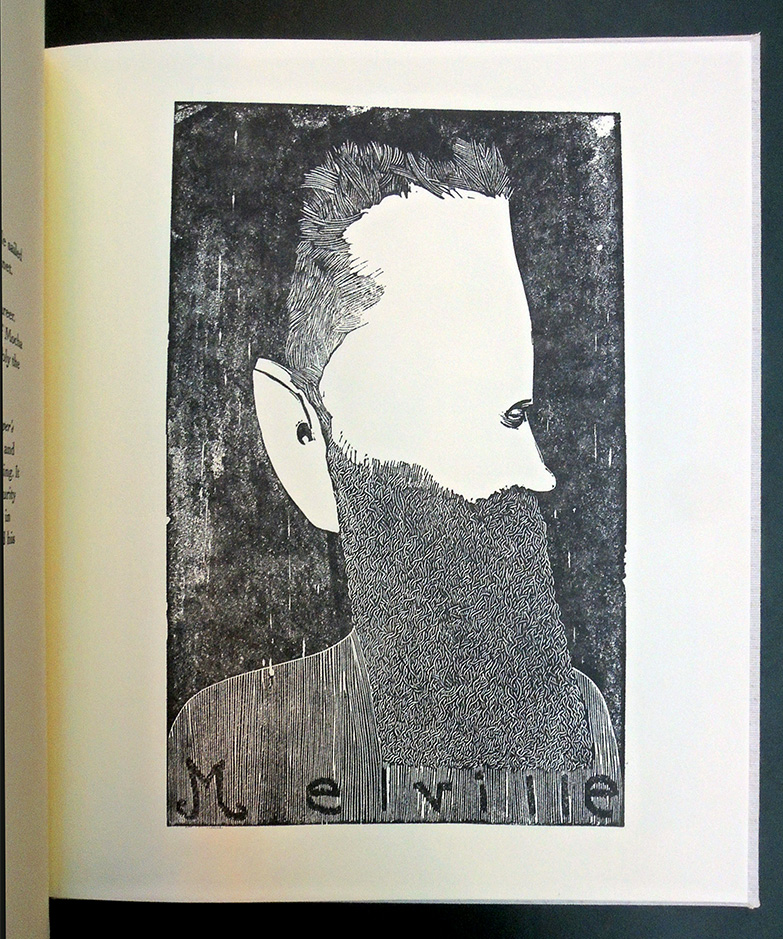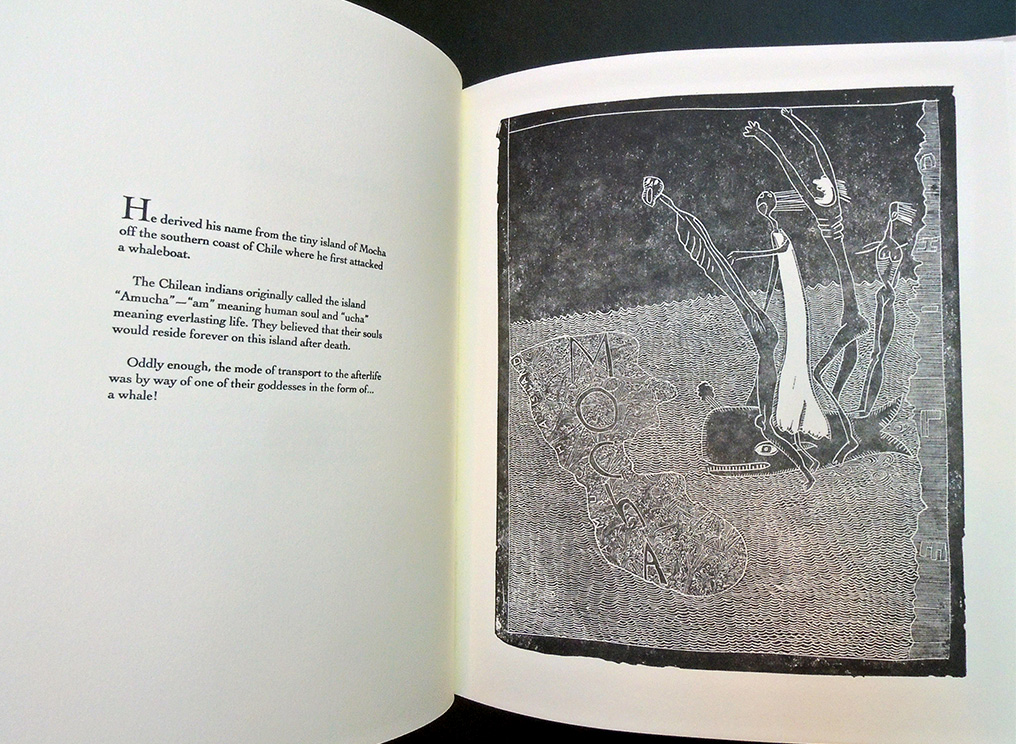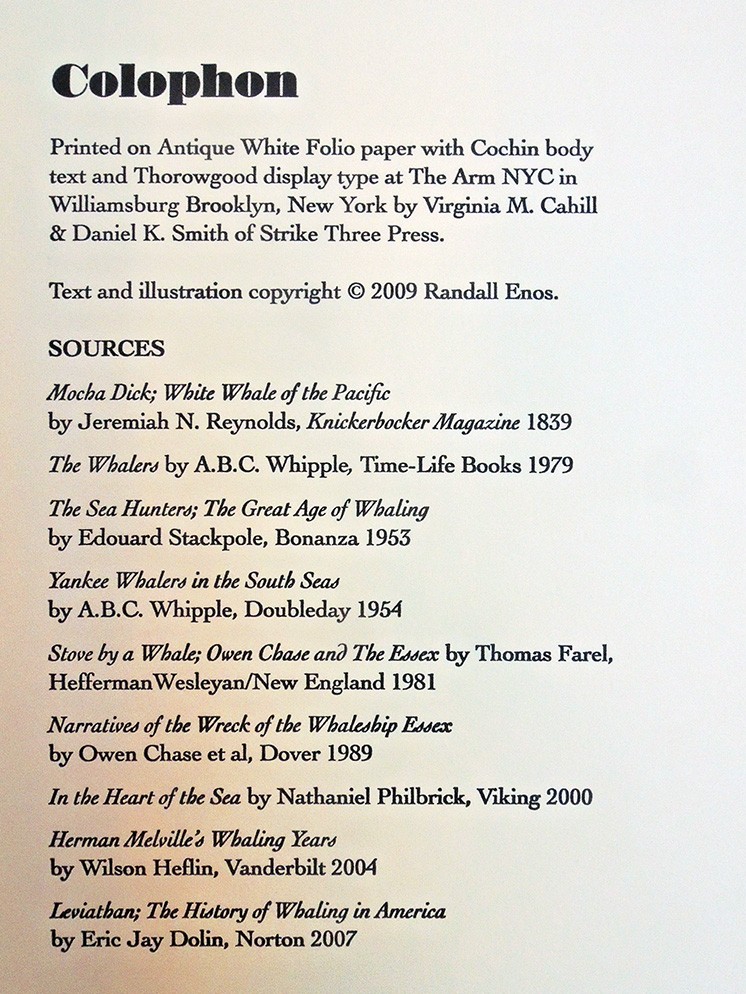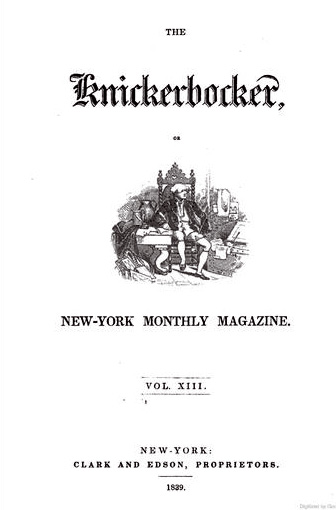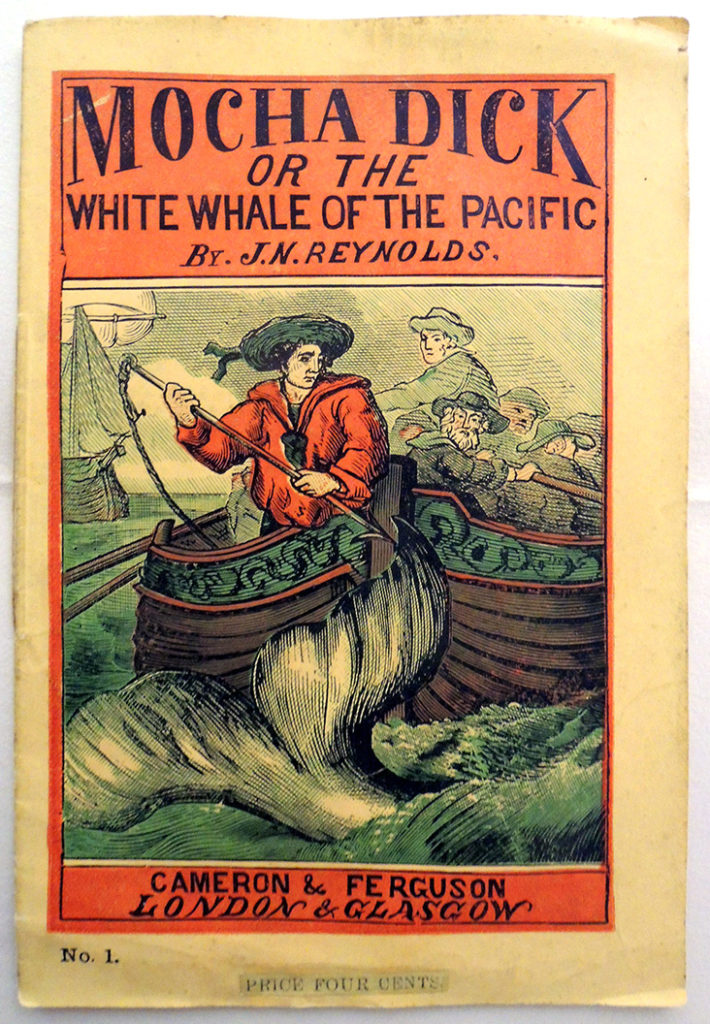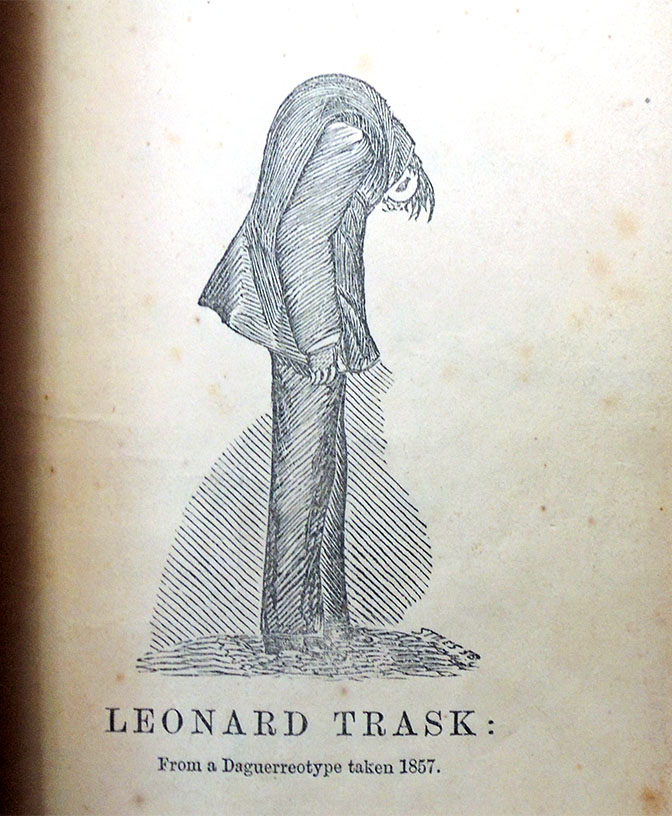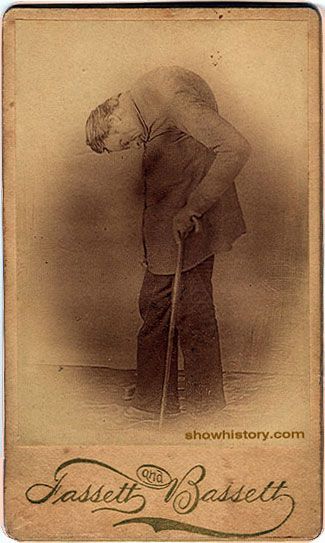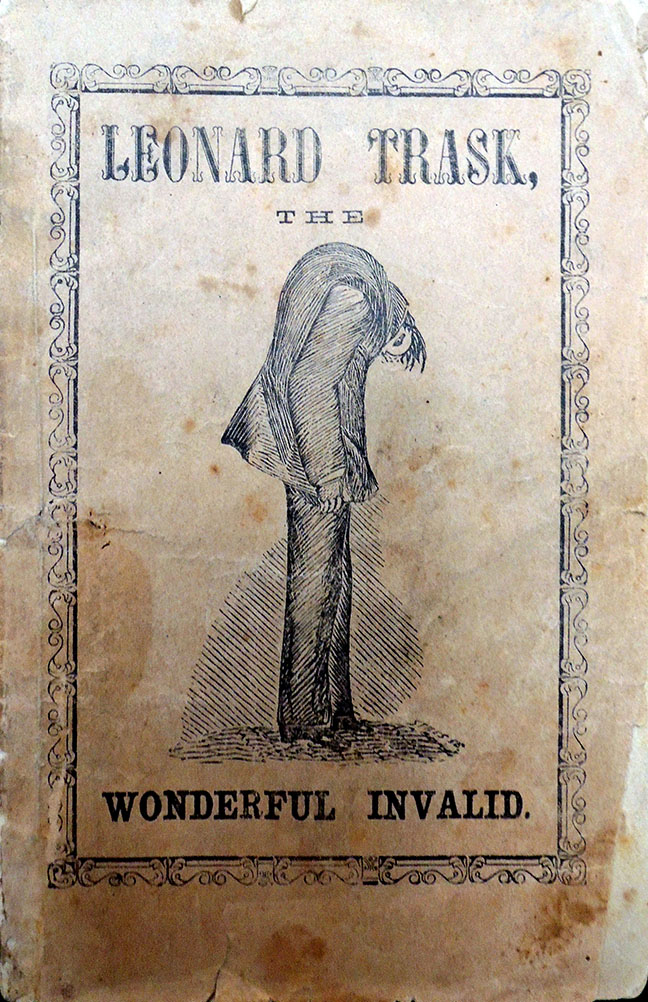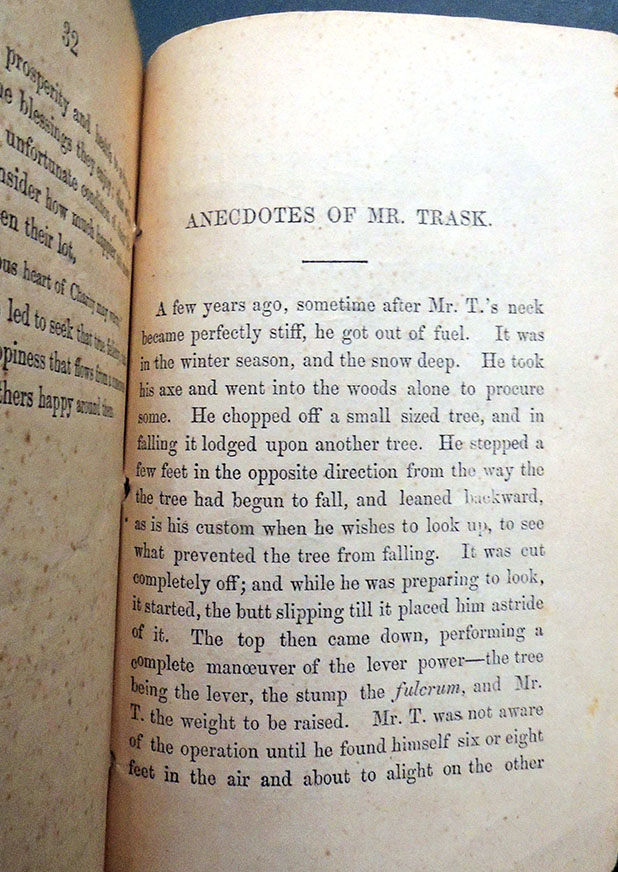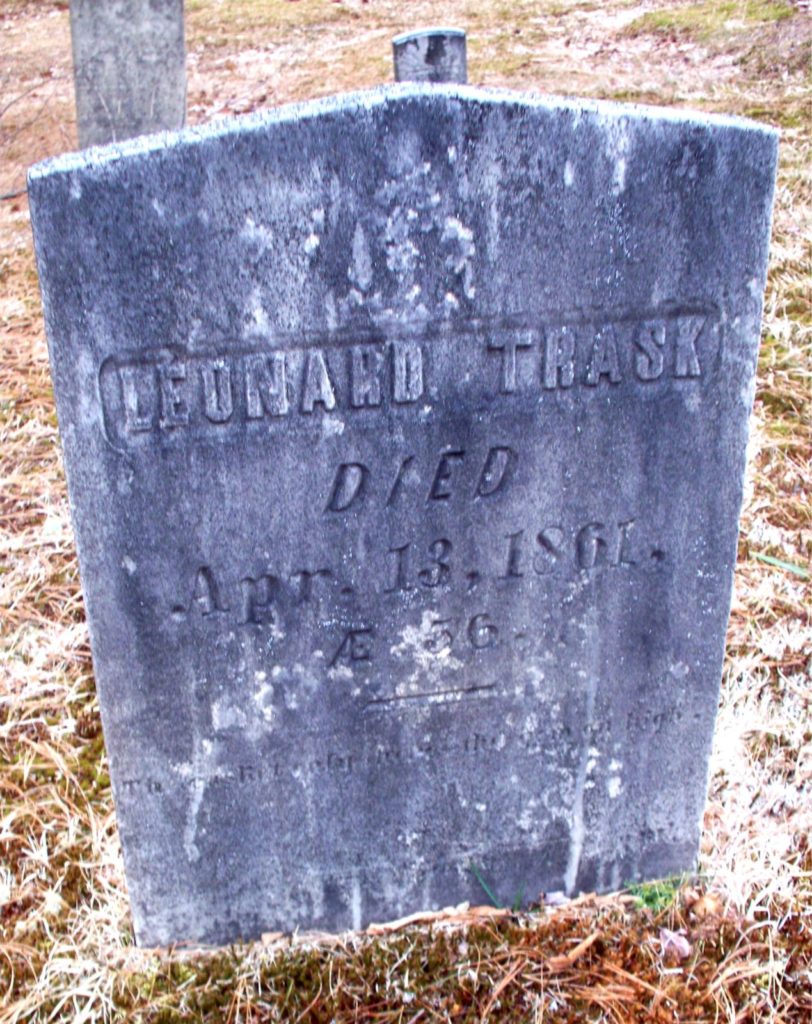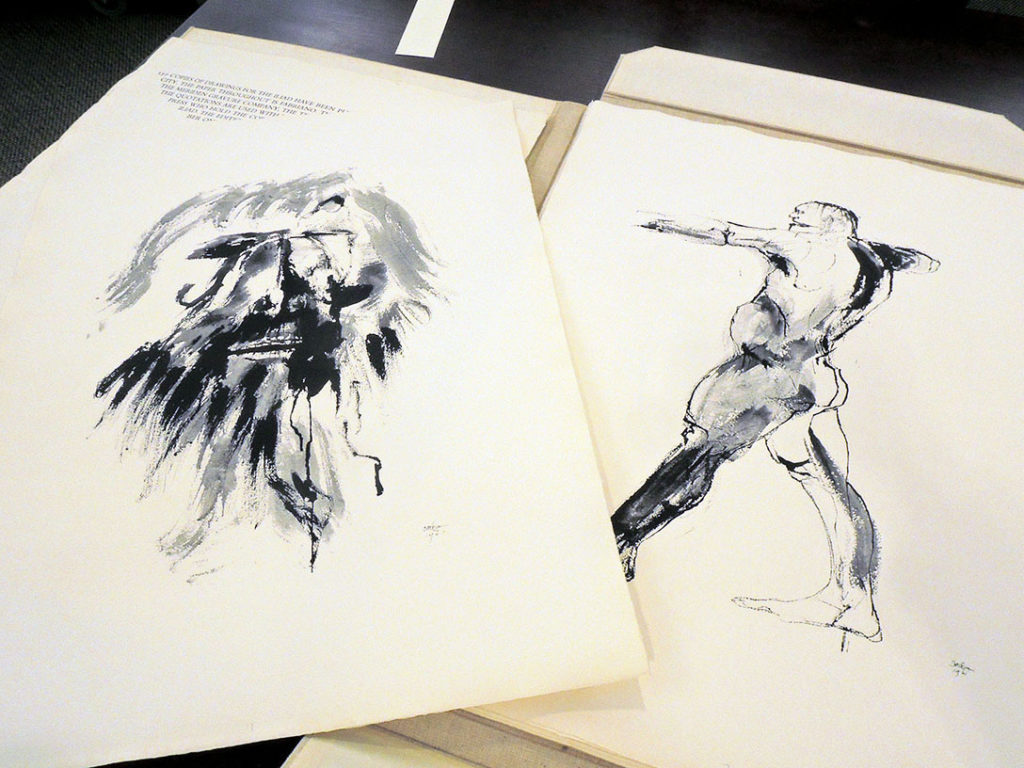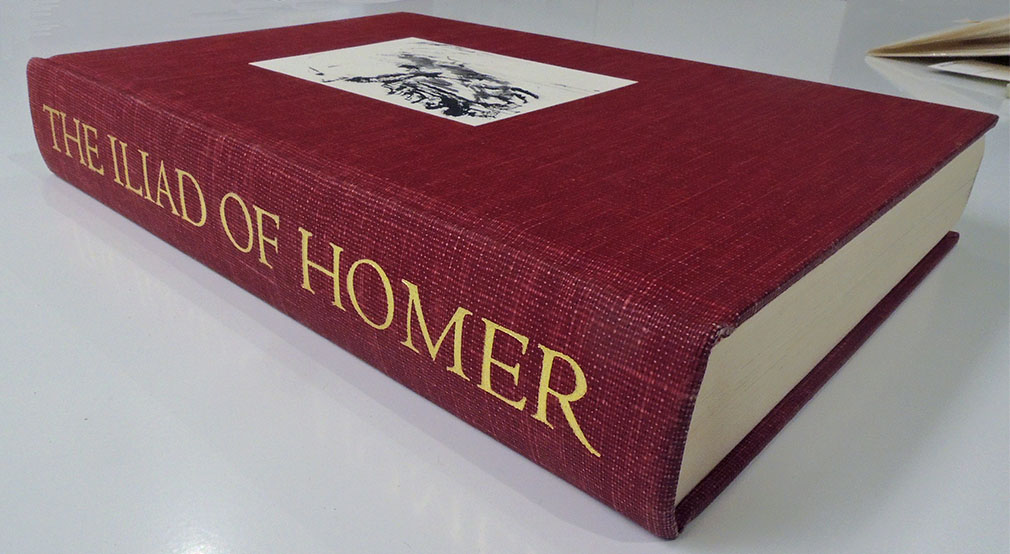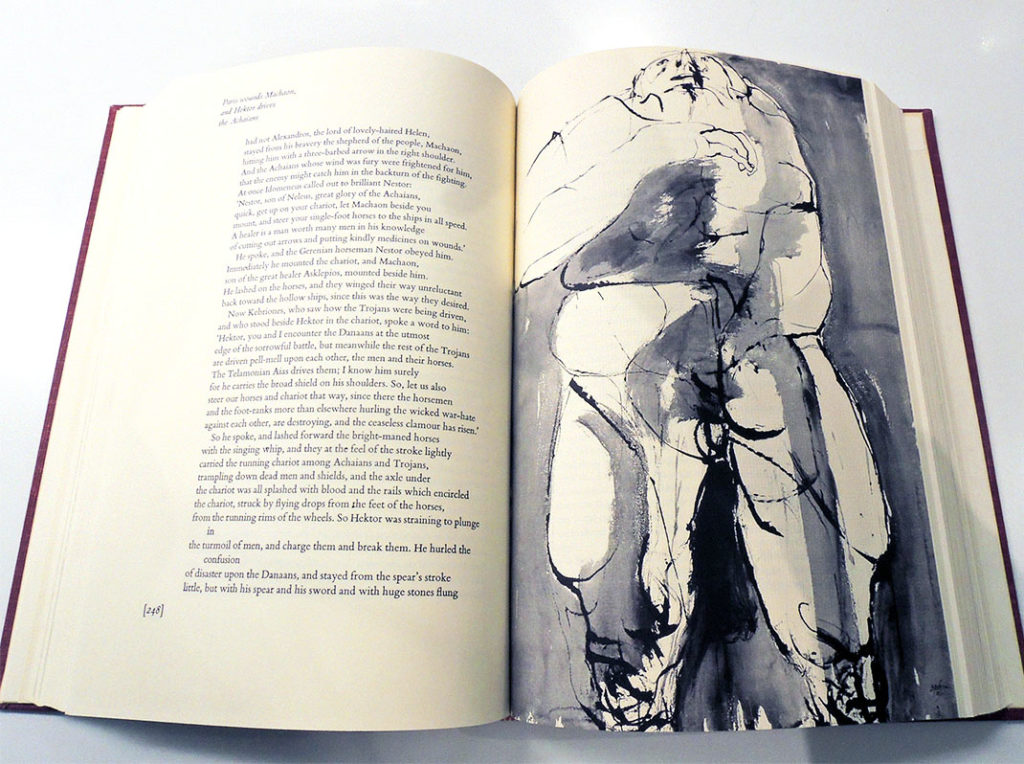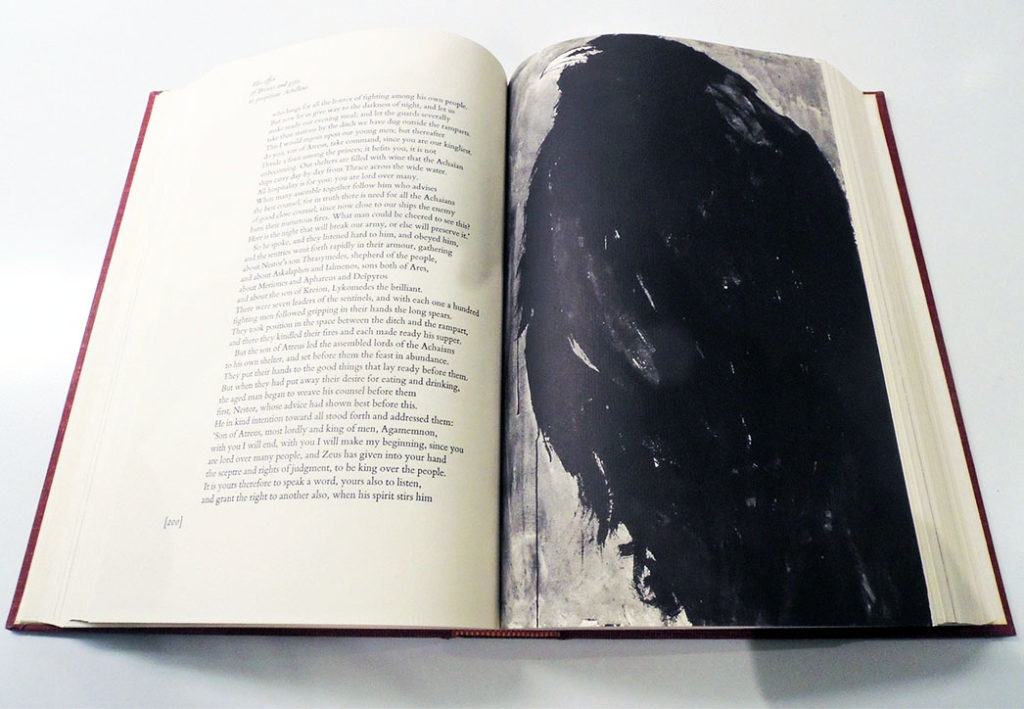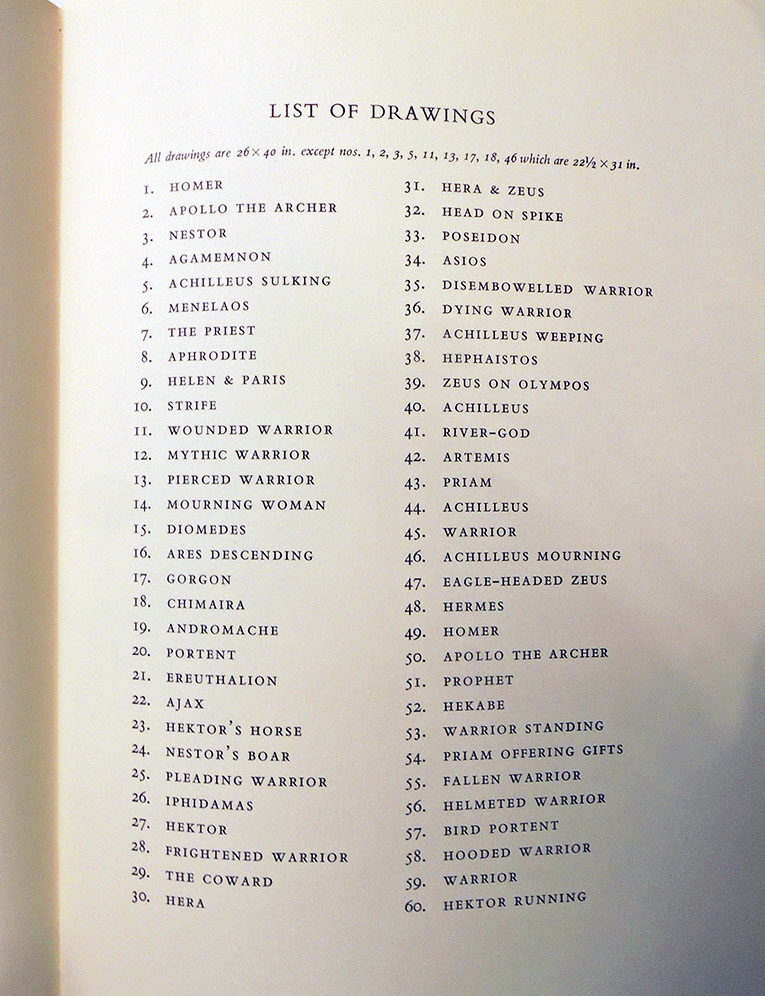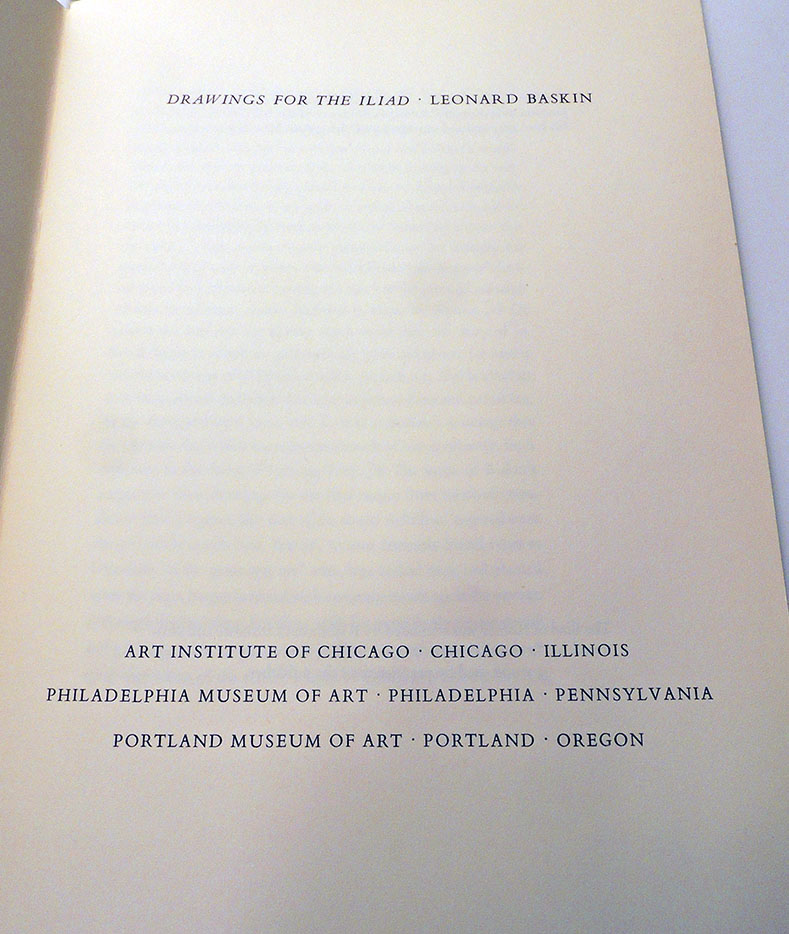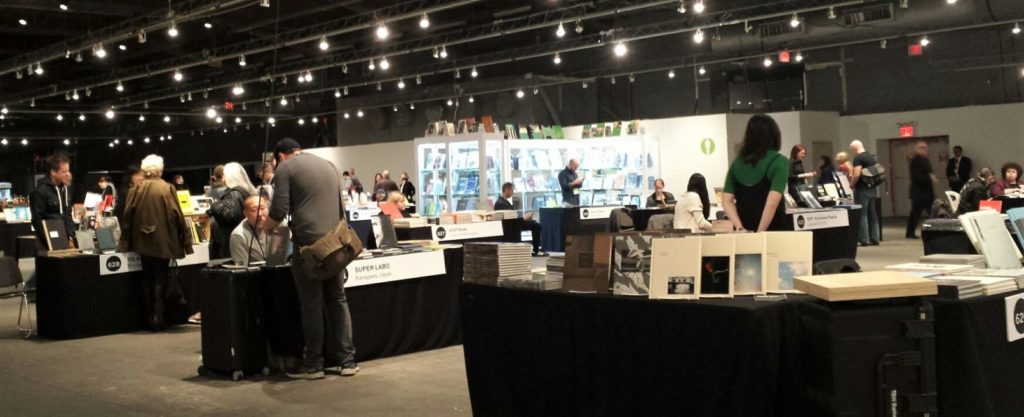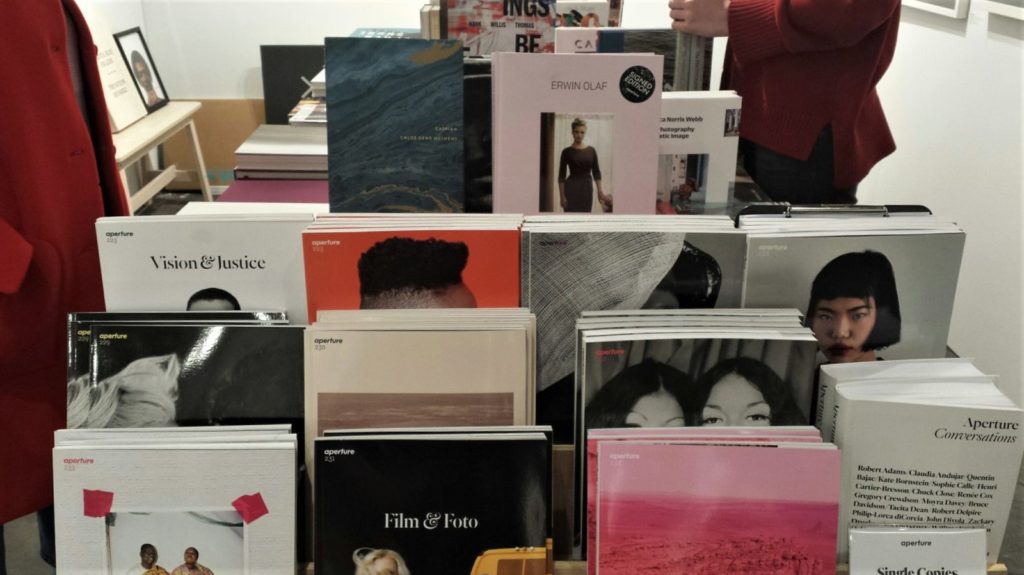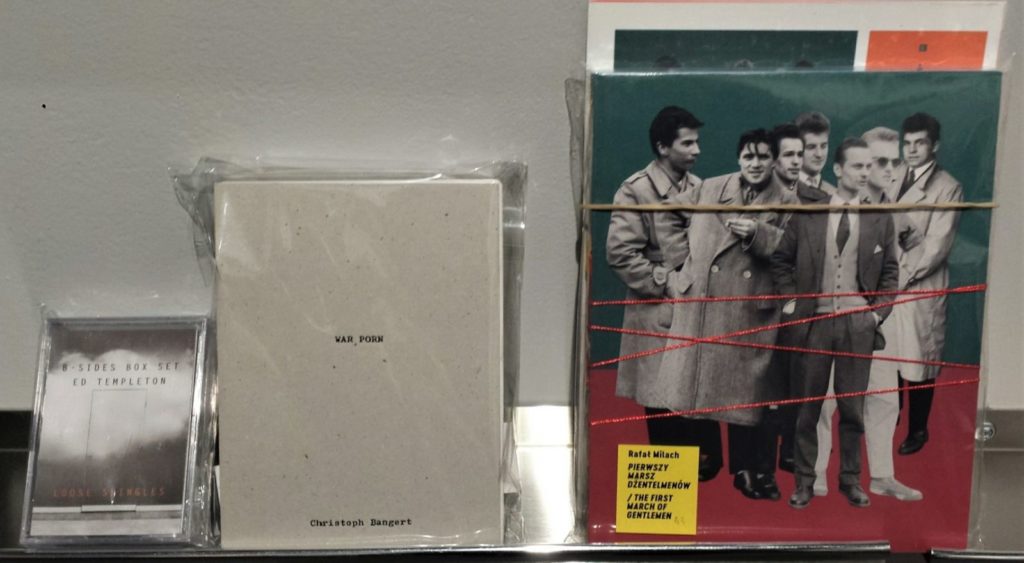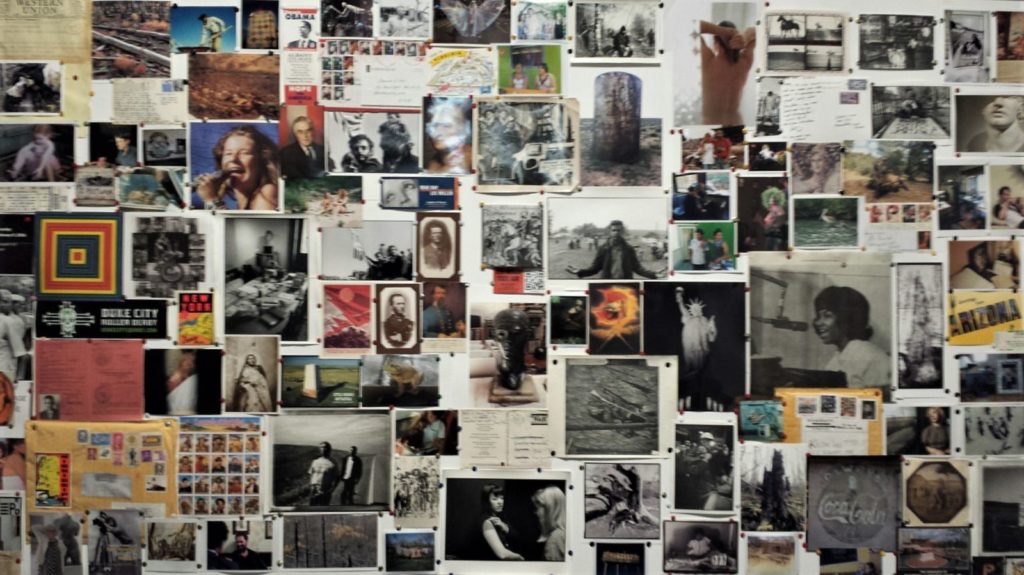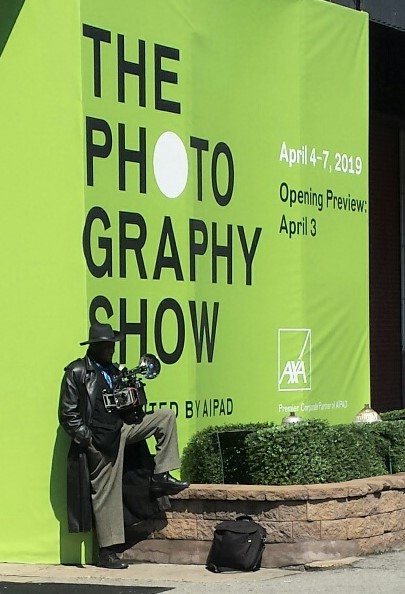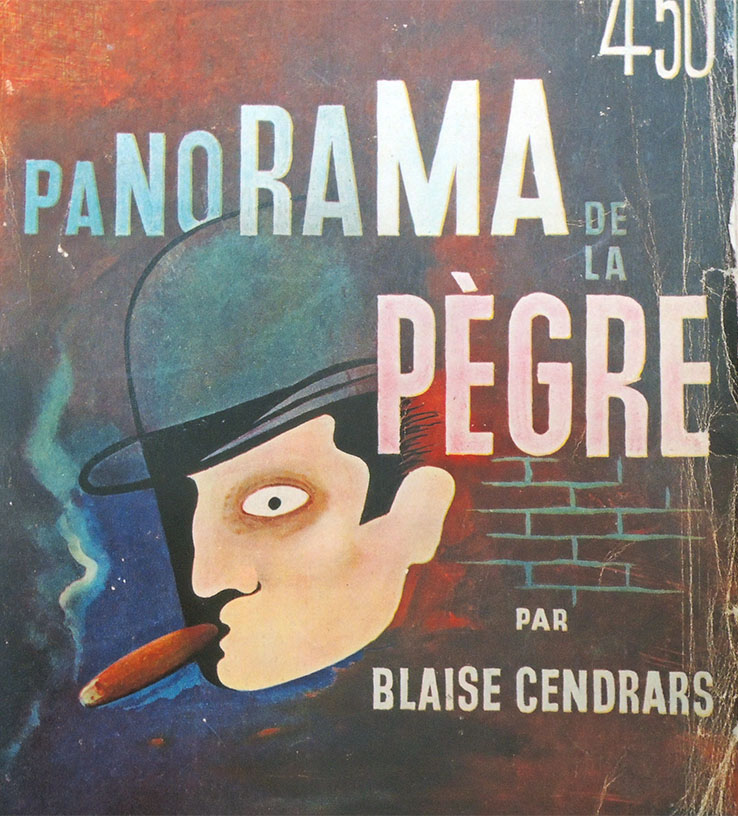
Blaise Cendrars, Panorama de la Pégre (Grenoble: B. Arthaud, [1935]). Cover design by Cassandre. First edition. A compilation of reviews and reports for various French newspapers by Cendrars, illustrated with photogravure plates. Graphic Arts Collection 2019- in process
Cassandre (pseudonym of Adolphe Jean-Marie Mouron, 1901-1968) was a French commercial poster artist and typeface designer. In addition to his commercial work, he taught graphic design at the École des Arts Décoratifs and then, at the École d’Art Graphique. Understanding the importance of typography, Cassandre developed Bifur in 1929, the sans serif Acier Noir in 1935, and in 1937 an all-purpose font called Peignot.
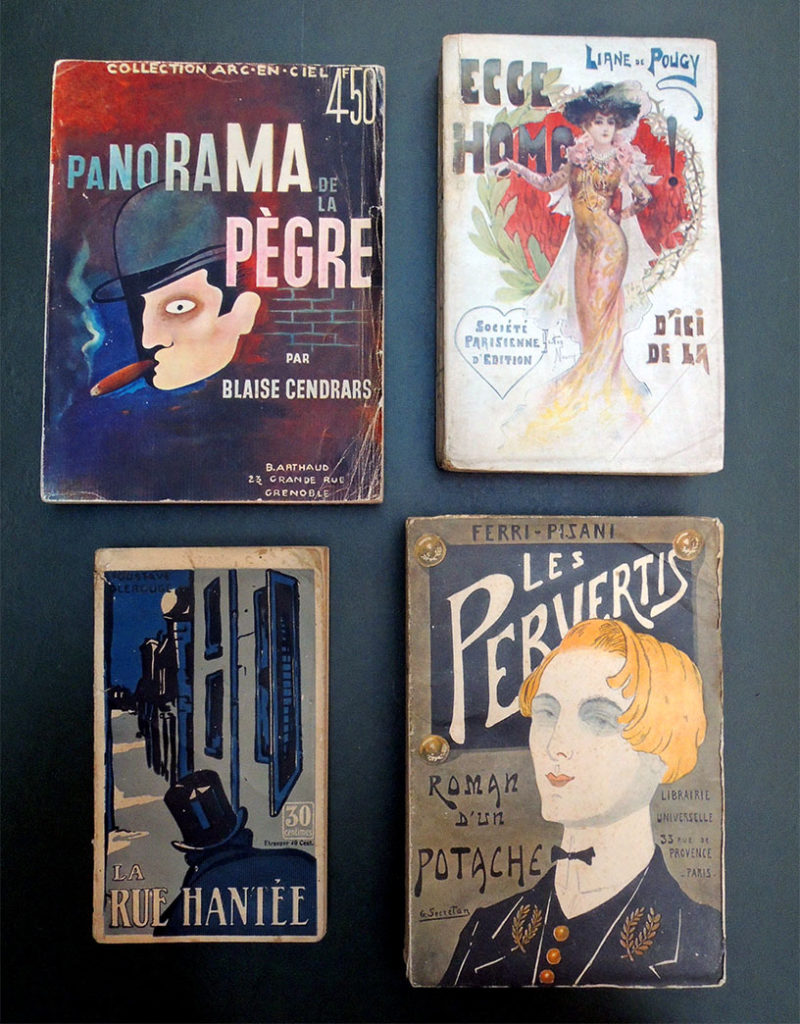 The Graphic Arts Collection recently acquired a group of paperbacks with superb cover art. Here are a few samples.
The Graphic Arts Collection recently acquired a group of paperbacks with superb cover art. Here are a few samples.
Ferri-Pisani, Les Pervertis. Roman d’un potache. Cover designed by Gaston Secretan (Paris: Librairie universelle, [1905]). First edition. Graphic Arts Collection GAX 2019- in process
A notable homoerotic novel set in a boy’s boarding school. “Les Pervertis, by a precocious young French author, Ferri-Pisani, is so special and doubtless true, a picture of homosexualism in a great Paris lycée that it may well become a classic in its type.” (Edward Prime-Stevenson, The Intersexes: A History of Similisexualism as a Problem in Social Life, 1908). Ferri-Pisani was a great-nephew of George Sand.
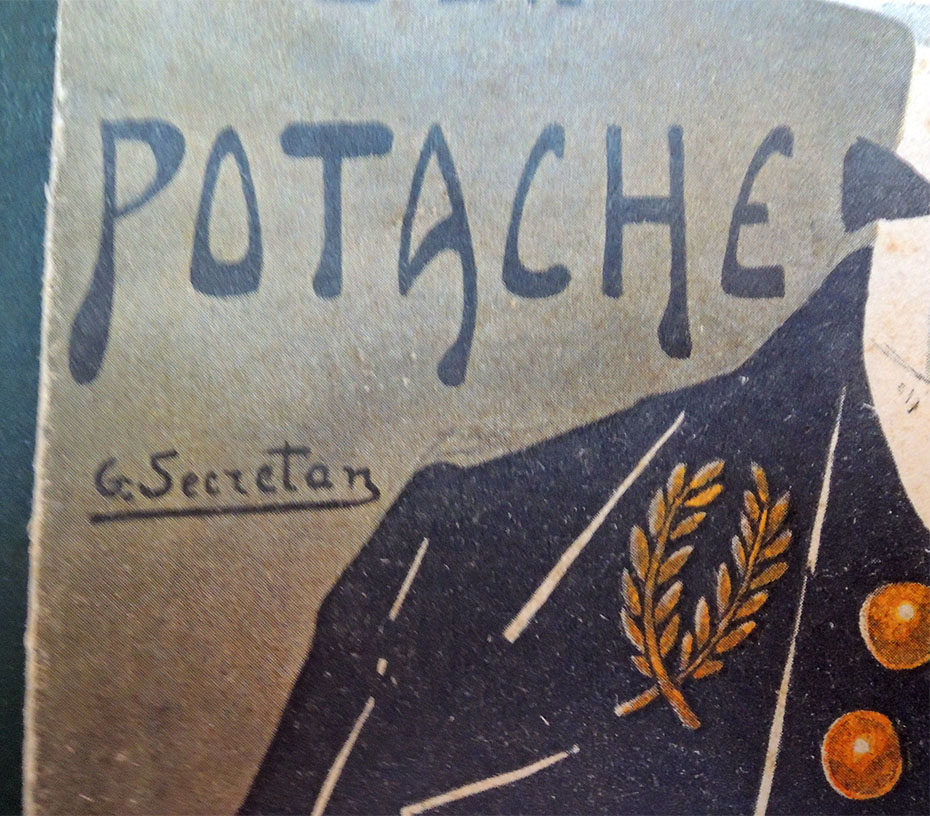
Georges Le Rouge. La Rue hantée (Paris: Éditions Nilsson, [1914]). First edition. Graphic Arts Collection 2019- in process
Le Rouge was a prolific author of crime, mystery and other pulp fiction, best known for Le Mysterieux Docteur Cornelius, who came to be revered by the Surrealists. Cendrars wrote of him in 1968:
How to define his multicolored versatility, his lively and spontaneous erudition never at a loss for arguments? He was no drudge, no hack; even in the obscure anonymous brochures that were sold only at news-stands and in neighborhood or provincial notion shops, he was never unworthy of his craft as a writer which he took very seriously and of which he was very proud. On the contrary, it was in these unsigned popular publications—fat volumes such as a key to dreams, a cookbook (which I have recommended to all the gourmets I know)—and in the unbound pamphlets, often a simple printed sheet folded in four, eight, or sixteen pages that was sold for two, four, ten sous at Metro entrances on Saturday nights (Paris Review).
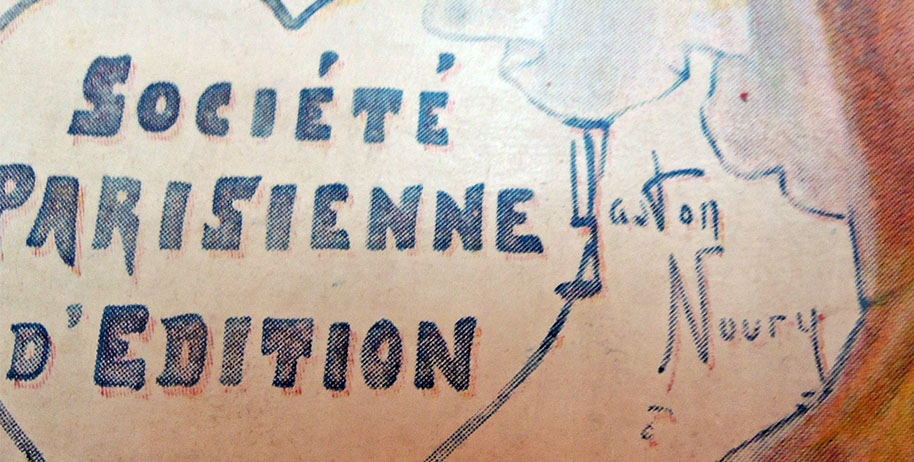 Liane de Pougy (pseudonym of Anne Marie Chassaigne), Ecce Homo. D’ici, de la. Cover design by Gaston Noury (Paris: Société Parisienne d’Édition, [1903]). Graphic Arts Collection GAX 2019- in process
Liane de Pougy (pseudonym of Anne Marie Chassaigne), Ecce Homo. D’ici, de la. Cover design by Gaston Noury (Paris: Société Parisienne d’Édition, [1903]). Graphic Arts Collection GAX 2019- in process
A novel by De Pougy, who escaped to Paris after an abusive early marriage, where she dabbled in acting and prostitution, and became a regular user of cocaine and opium, a writer, and a star of the Folies bergères. She had numerous relationships with women, notably Natalie Clifford Barney, recorded in her novel Idylle Saphique, published in 1901.
See also:
Gramont, Elisabeth de, 1875-1954. Correspondance. Elisabeth de Gramont, Liane de Pougy; introduction & notes de Francesco Rapazzini (Venise: L’Amazone retrouvée, 2006). Rare Books 2012-0524N
Jacob, Max, 1876-1944. Lettres à Liane de Pougy. Max Jacob, Salomon Reinach; préf. de Jean Chalon pour les lettres de Max Jacob; introd. de Paul Bernard pour les lettres de Salomon Reinach ([Paris]: Plon, c1980). Firestone Library » PQ2619.A17 Z567
Pougy, Liane de, 1869-1950. Idylle saphique: roman ([Paris]: Alteredit, 2003). Firestone Library PQ2631.O68 I39 2003
Pougy, Liane de, 1869-1950. Idylle saphique: roman. Liane de Pougy; préface de Jean Chalon (Paris: J.-C. Lattès, 1979). ReCAP » PQ2631.O685 I3 1979g
Pougy, Liane de, 1869-1950. My blue notebooks. Liane de Pougy [i.e. M. C. Ghika]; pref. by R. P. Rzewuski; translated from the French by Diana Athill (New York: Harper & Row, 1979). ReCAP CT1018.G48A3513 1979

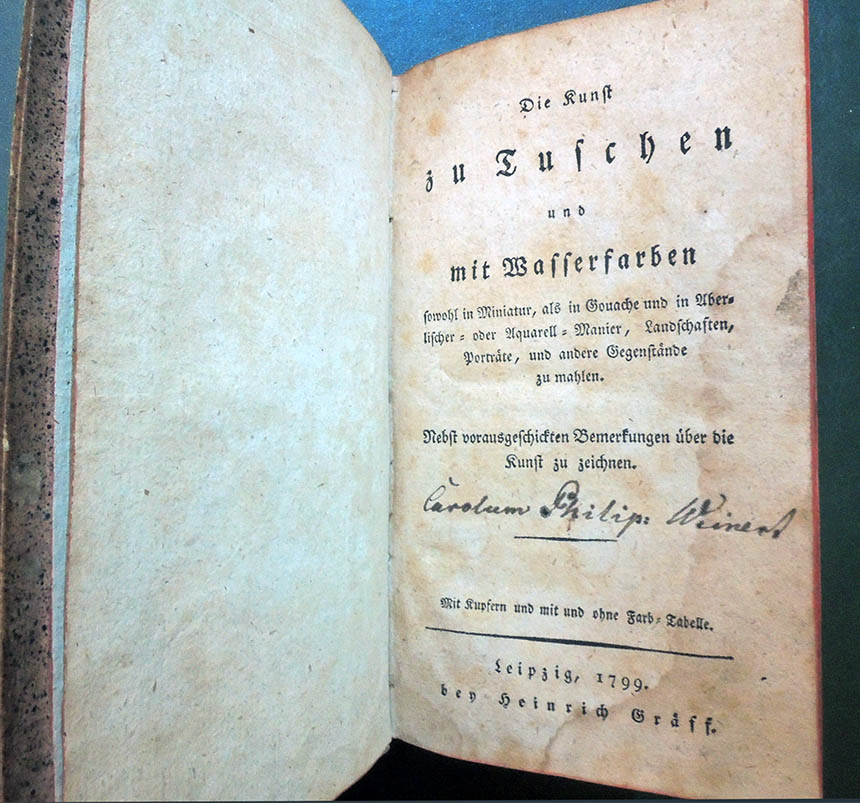 Meynier went on to write and published a number of dictionaries, grammars, and training manuals. Sources indicate he wrote under various pseudonyms that included the surnames Jerrer, Sanguin, and Renner.
Meynier went on to write and published a number of dictionaries, grammars, and training manuals. Sources indicate he wrote under various pseudonyms that included the surnames Jerrer, Sanguin, and Renner.
